Architecture on the Road
Memories of Kashgar
The city of Kashgar (喀什 Kāshí in Chinese) is one of the westernmost city in China, located on the western edge of Xinjiang Province, near the border with Kyrgyzstan and Tajikistan.
It is strategically located in an oasis and was one of the last stops along the Chinese side of the Silk Road, serving as an important node for trade routes between East and West for over 2000 years.
Kashgar is the main city of Kashgar Prefecture, and overall one of the biggest and most populous cities of Xinjiang Uyghur Autonomous Region (but still considerably smaller than other Chinese cities in the eastern part of the country).
Most of the inhabitants are Muslim Uyghurs, making up 80% of the population, with the rest being a mixture of Han Chinese, Hui, Kazakhs, Kyrgyz, Tajiks, Mongols, Russians, and other minor ethnic minorities.
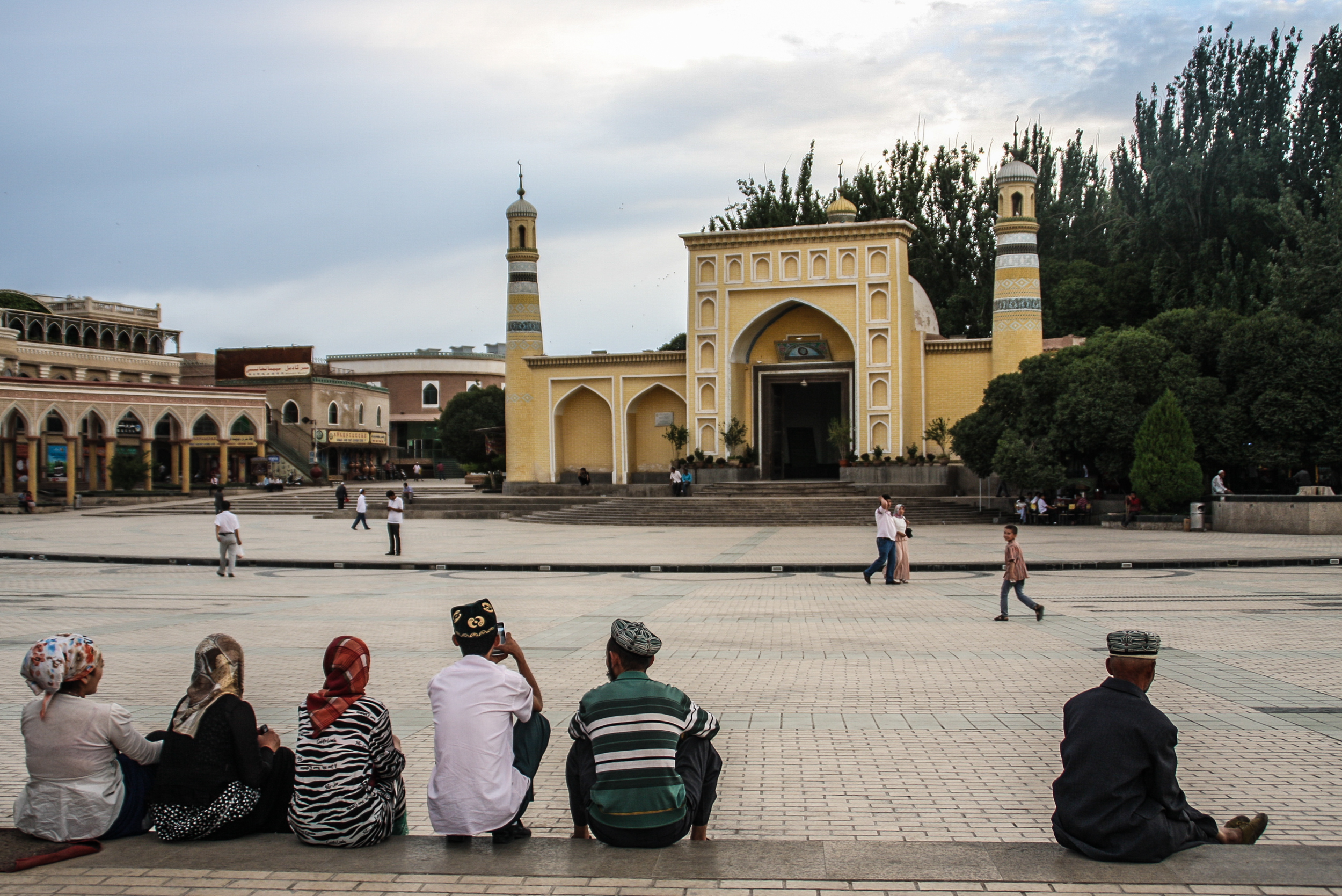
The Uyghurs are one of the 55 officially recognized ethnic minorities of China, native to the Xinjiang Uyghur Autonomous Region.
They speak a Turkic language and write in Arabic characters.
Uyghur culture has been largely influenced by Islamic Religion and holds a strong cultural connection with Central Asia.
(Read more about the Uyghur ethnic minority here)
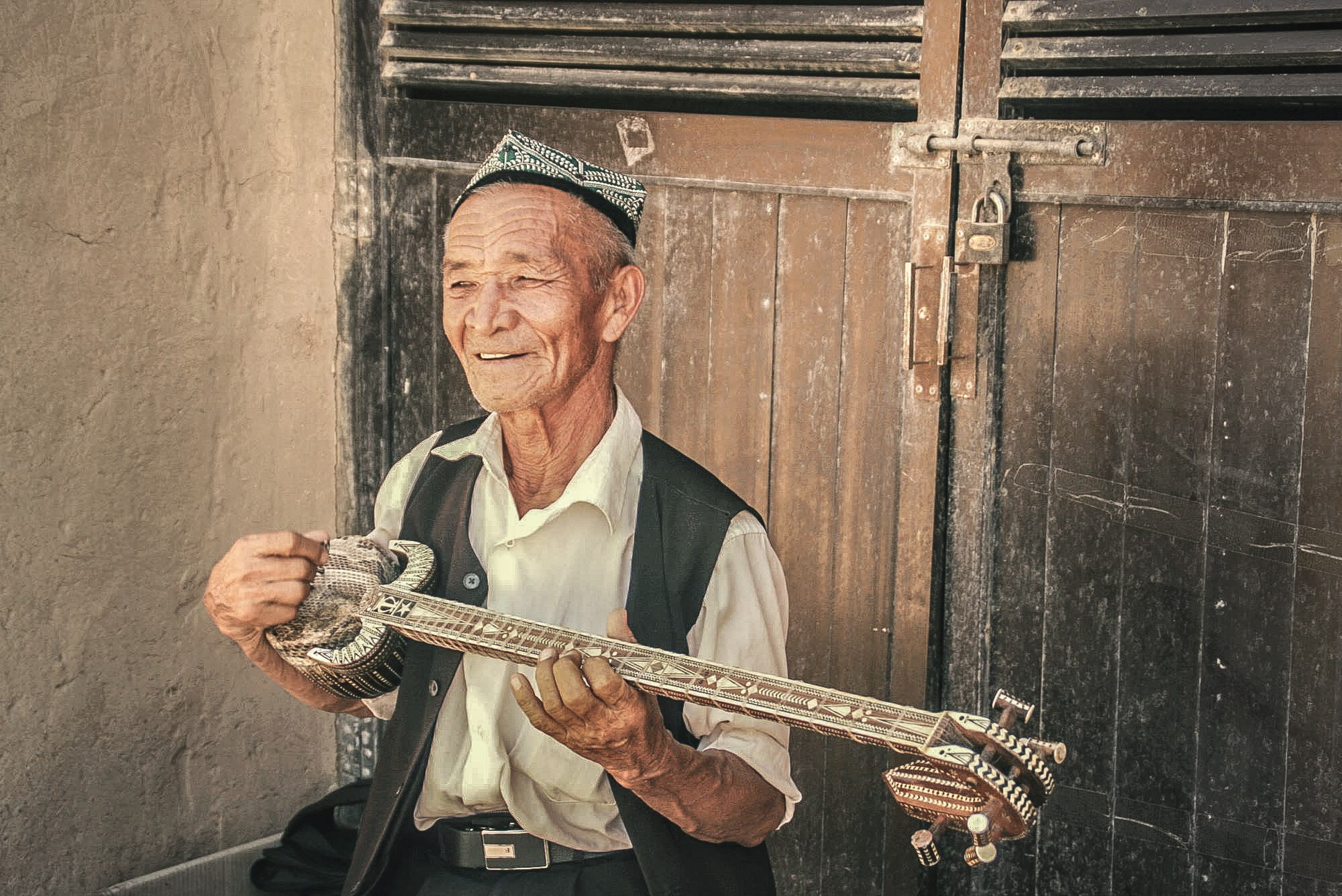
The extremely different cultural background between this population and the rest of China has caused a lot of conflicts between the two parts, especially in recent years, as Uyghur culture is often feared by the Party as something that is not aligned with Chinese culture and ideology, and thus is potentially dangerous for its stability.
Although Xinjiang is a Chinese province, when traveling through this territory, I found it to be completely unique from my other journeys through China, resembling something I didn’t completely expect.
Here we are in rural Central Asia, where the minarets and mosques mark the most prominent and common landmark on the horizon, and the Chinese language (even if it’s of course the official language) is not spoken in the streets.
I had the invaluable opportunity to wander around Kashgar in the summer of 2014.
I say “invaluable” because I felt that Kashgar was one of those places so far from everywhere else, that makes it a once in a lifetime kind of trip.
I reached Kashgar after a long and hot 22 hour train ride through the Taklamakan Desert, departing from Turpan (Tulufan 吐鲁番).
Actually Kashghar has a small local airport, but that wasn’t an option for me because I was a student on summer break with no budget for a plane ticket, but plenty of time for a 22 hour train ride (and 72 hours to come back to Beijing, where I was studying).
I enjoyed the ride very much though, as I felt with every hour passing through the rocky desert, how far I was actually going.
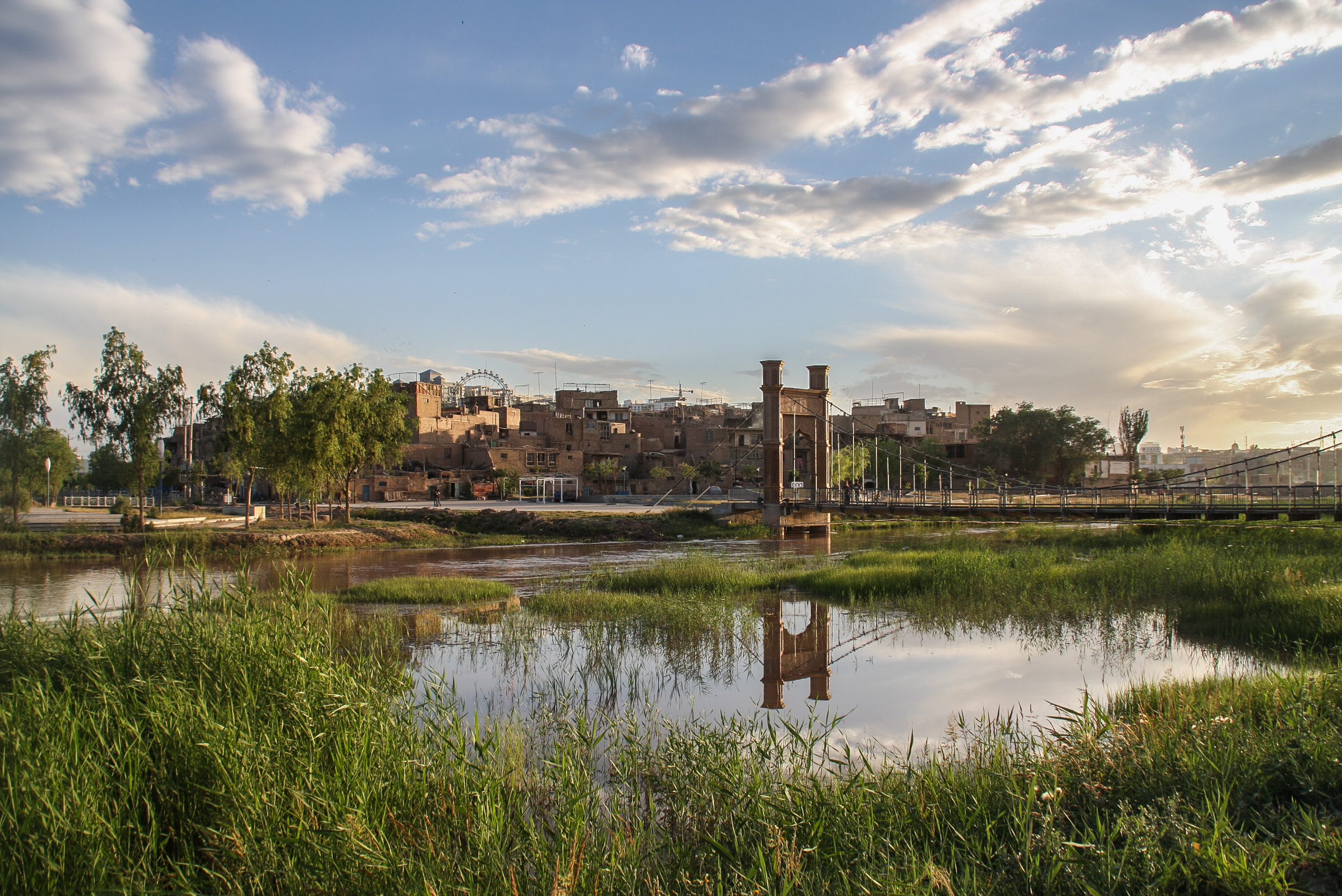
It is important to point out that today traveling to Xinjiang is not so “easy” anymore.
Xinjiang Province has travel restraints for foreigners, who in recent years are not always allowed (or subjected to limitations) to freely travel in this part of China, mostly for internal political reasons and safety.
The rural, dry environment that welcomed me in Kashgar was a mixture of sleepiness, dust and funny looks (I bet young, enthusiastic, western backpacker girls are not a common encounter).
I spent a total of 3 days in the city, wandering mostly around the more interesting old traditional part, admiring the beautiful patterns of the local architecture and fabrics, visiting markets and local shops (the few that were open), and walking aimlessly down every alley of the old neighborhood.
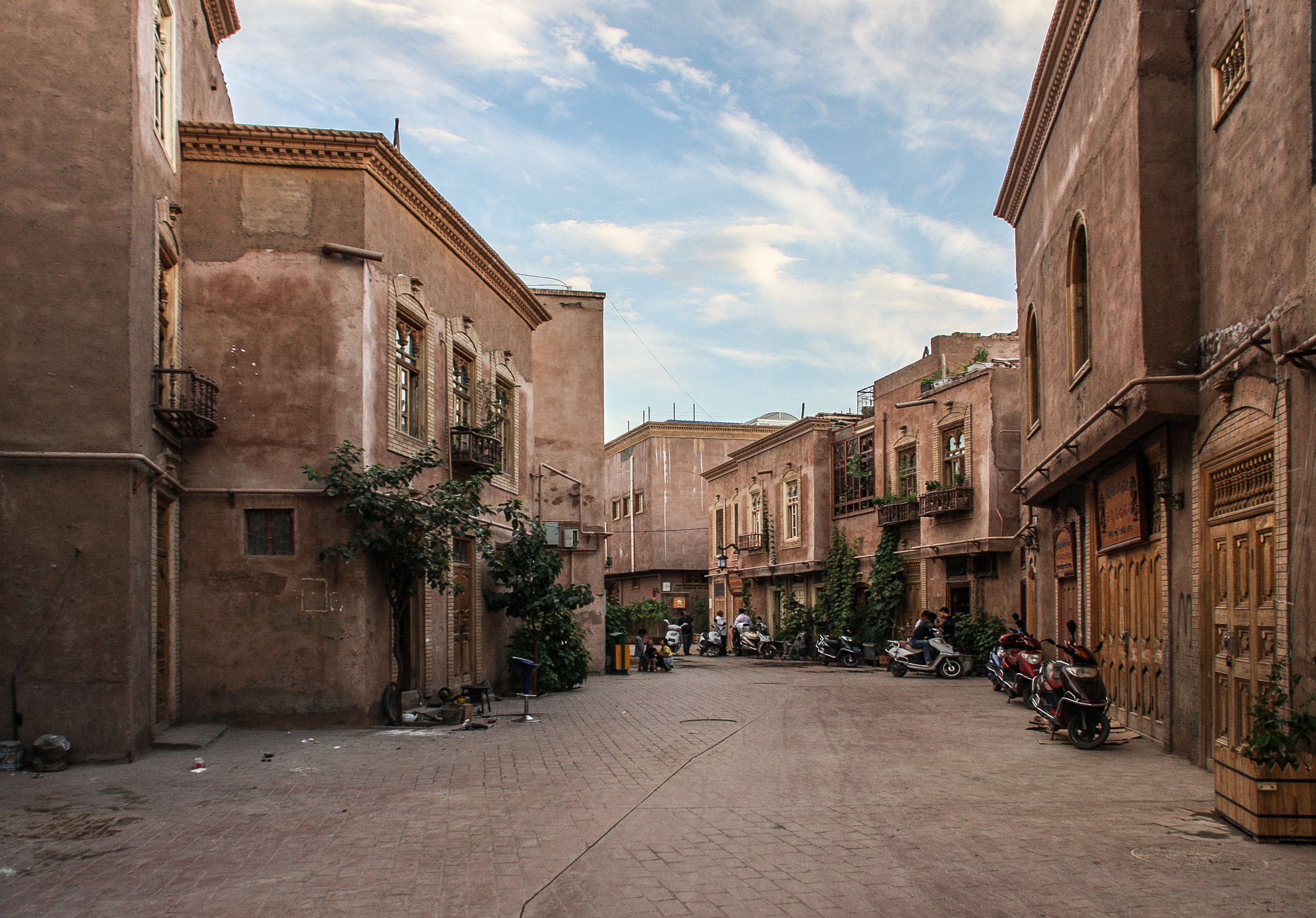
While I was walking through the semi-destroyed alleys of the city center, I felt I was exploring something that soon would be gone; massive portions of the old, decadent houses were being torn down in that very moment.
Right next to them, a pretty, refurbished neighborhood was standing neatly, freshly painted and plastered, keeping the local (exotic to me) central Asian look.
In the background, enclosing the old part like an island, the “new,” Chinese developed city was growing, spreading a patchwork of modern high rise residential buildings, creating one of those landscapes that resemble the majority of the recently built Chinese cities.
I felt certain that if I decided to go back in a few years, I would find something totally different from the Kashgar I visited.
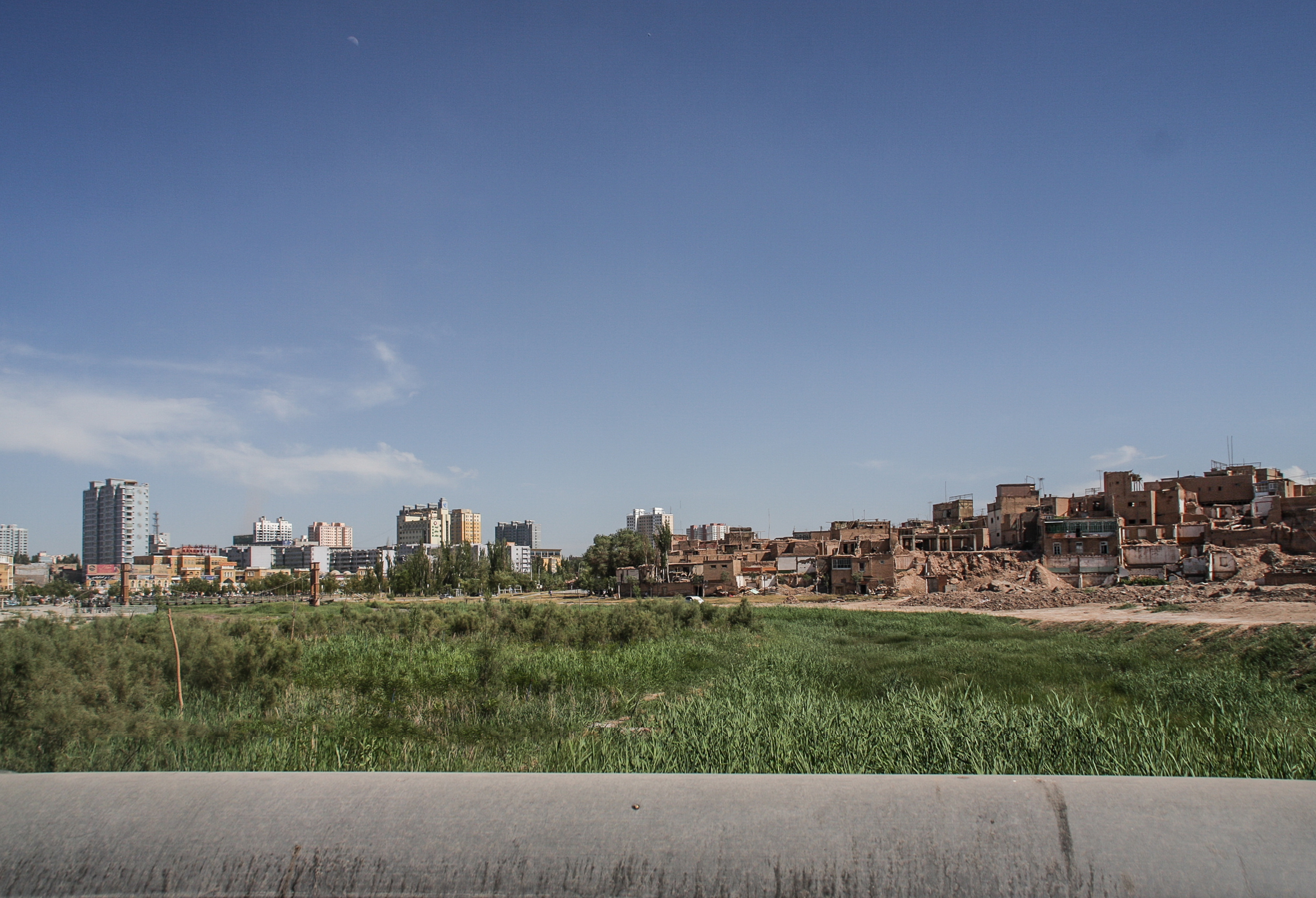
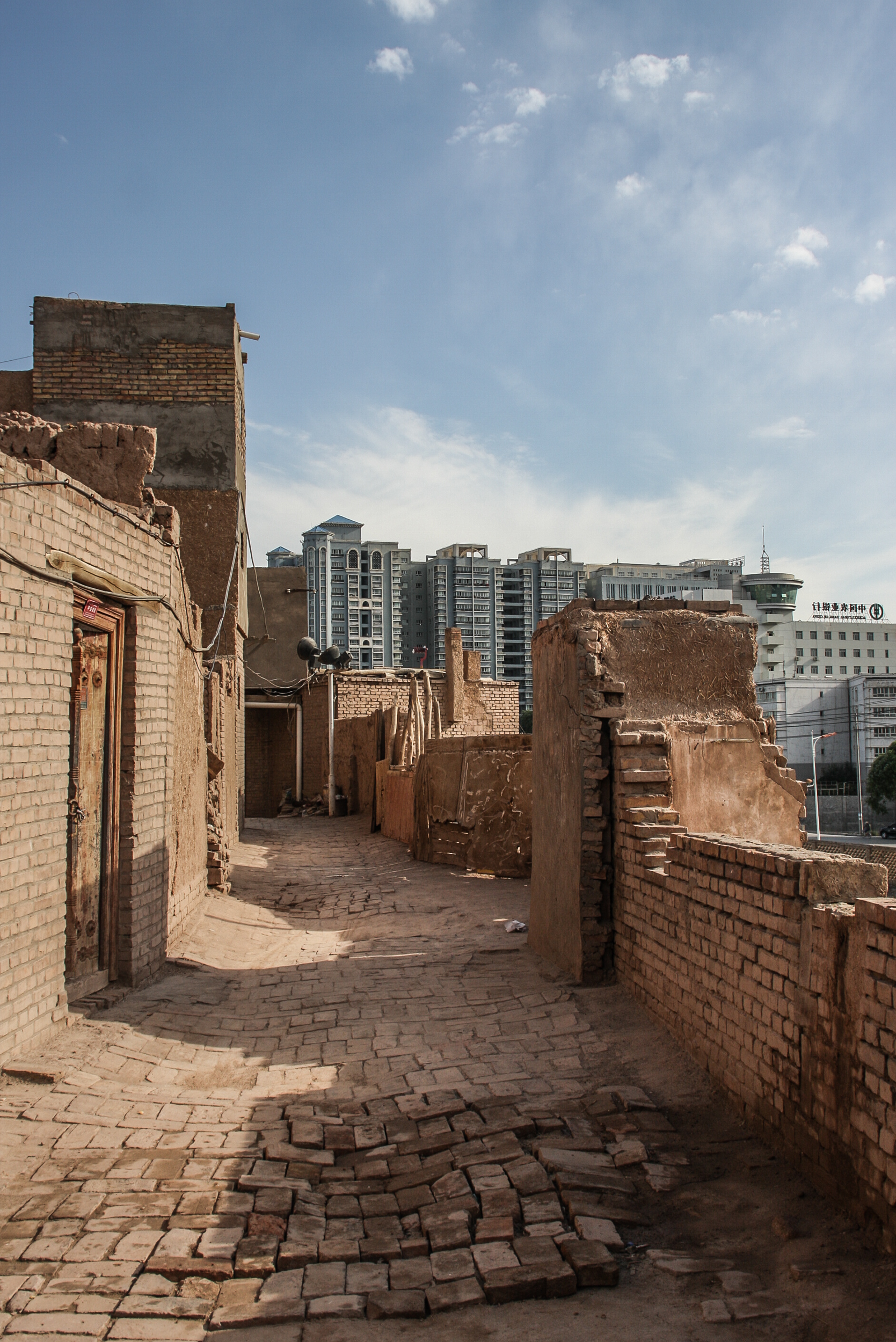
Most of the old part of the city seemed quiet and sleepy, maybe because of the tremendous heat (it was July), or maybe because it was the beginning of Ramadan (the sacred Muslim month of fasting).
During the day, there was not a lot of people around, and I found myself alone for most of the time, wandering the streets and trying to protect myself from the relentless sun.
After the sunset though, the city woke up, and everything became alive again.
There was a night food market nearby the main mosque (Id Kah Mosque), teeming with people feasting, eating all together at public tables and street stalls, cheerfully celebrating the end of the fasting day.

This blog post is going to display a selection of pictures I took in 2014, when I had the priceless chance to travel in these remote, lesser beaten paths of western China.
Maybe one day I will again have the opportunity to come back and see how the city has changed, but who knows?
Until that time, this is the memory that I am keeping of Kashgar.
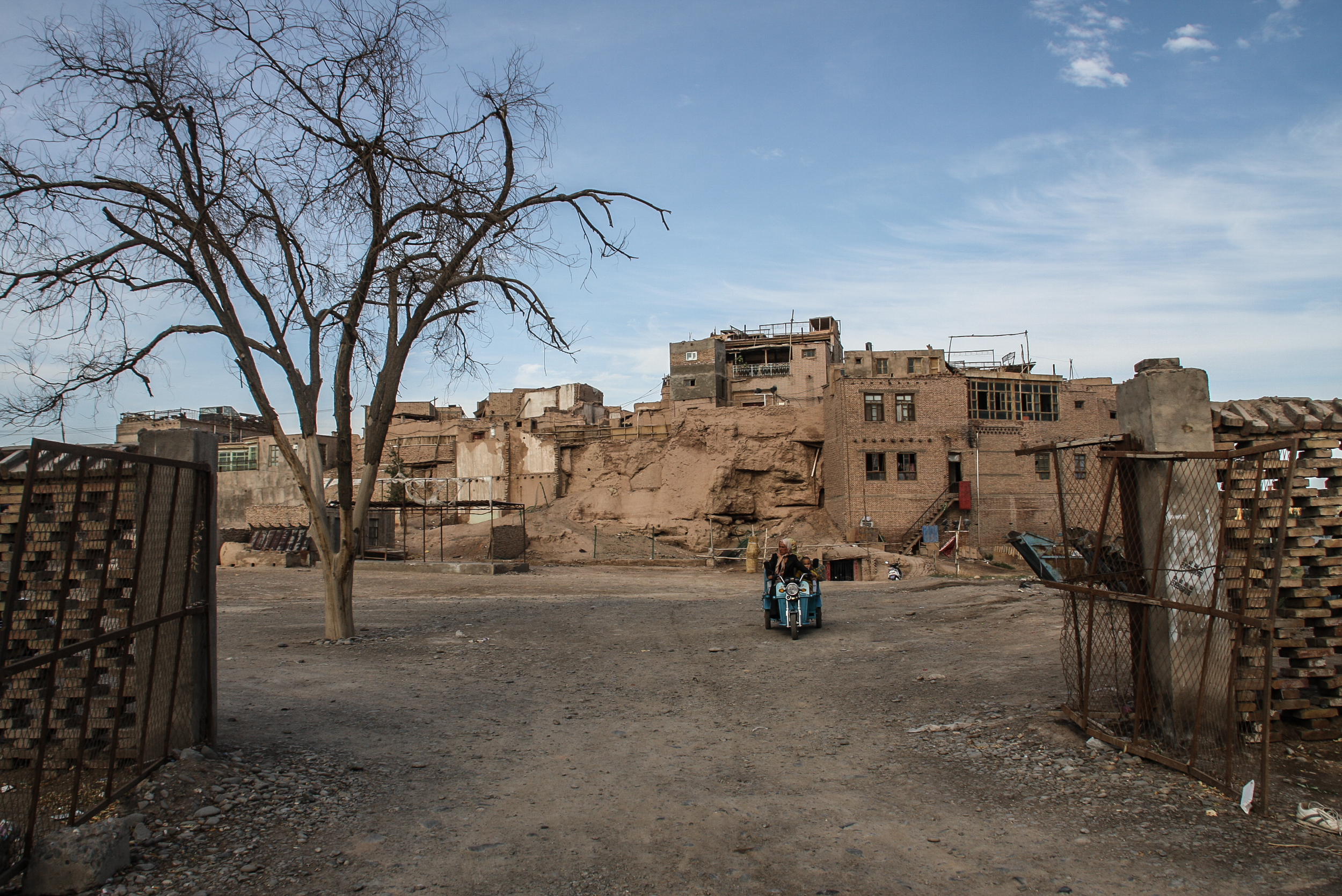

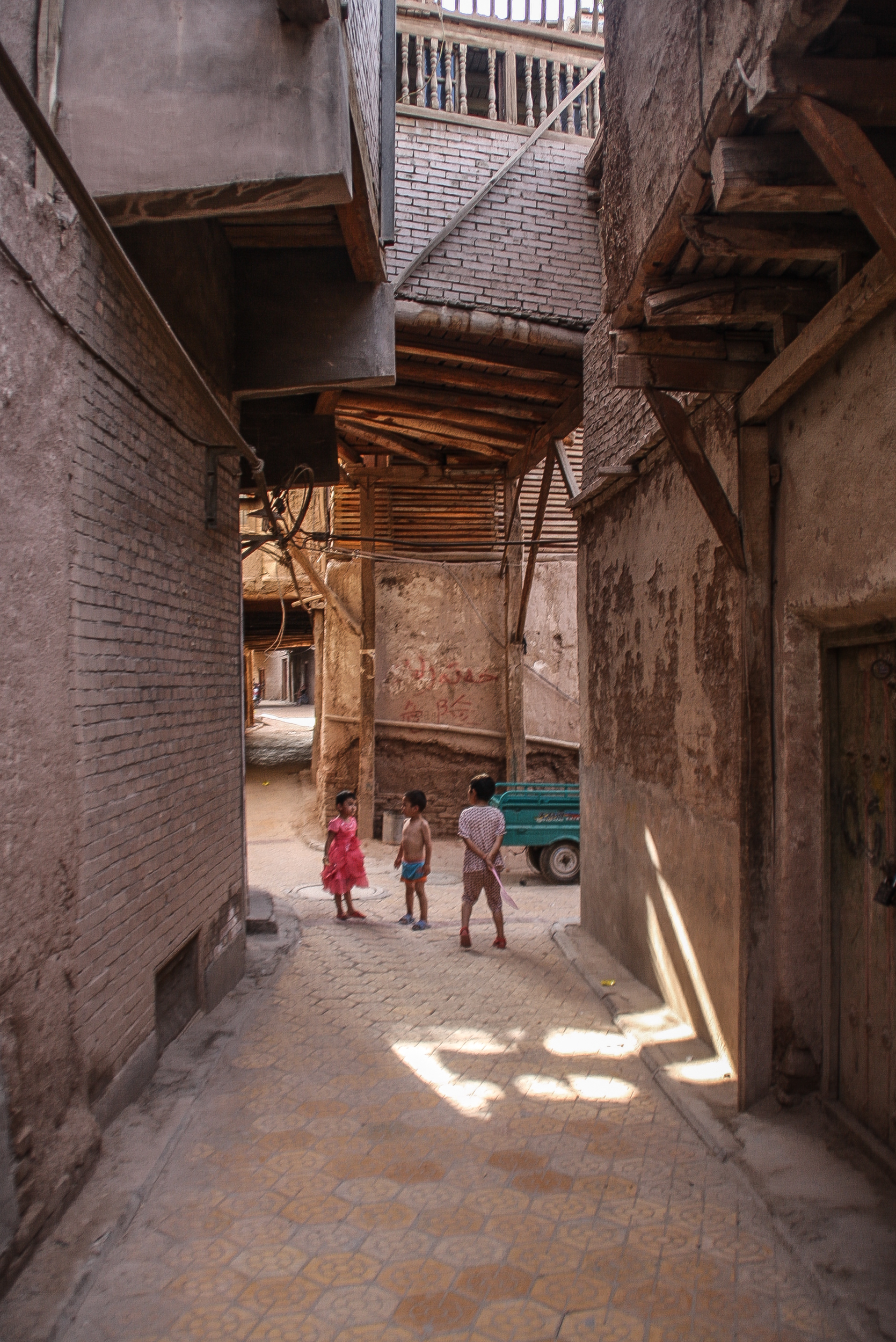



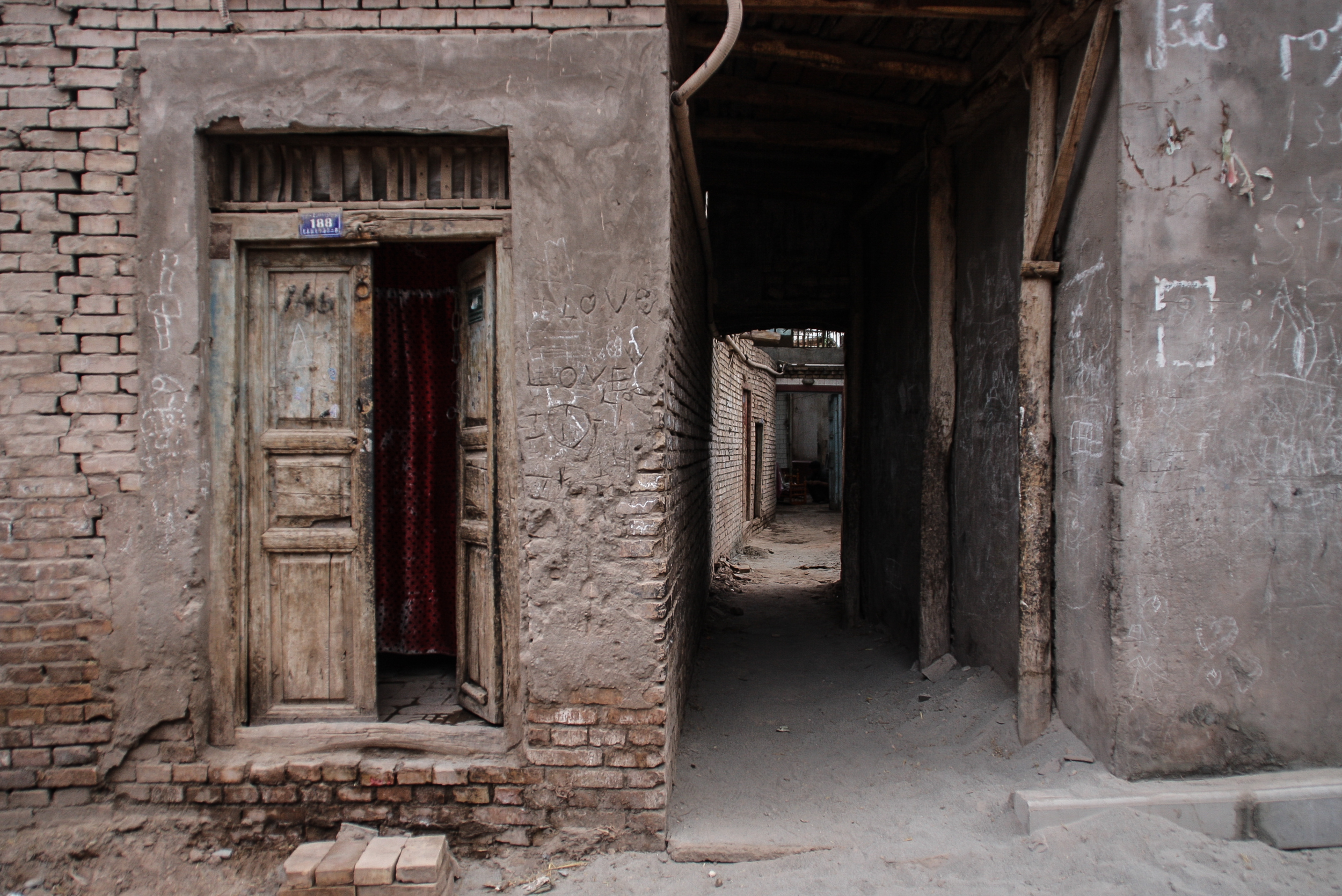
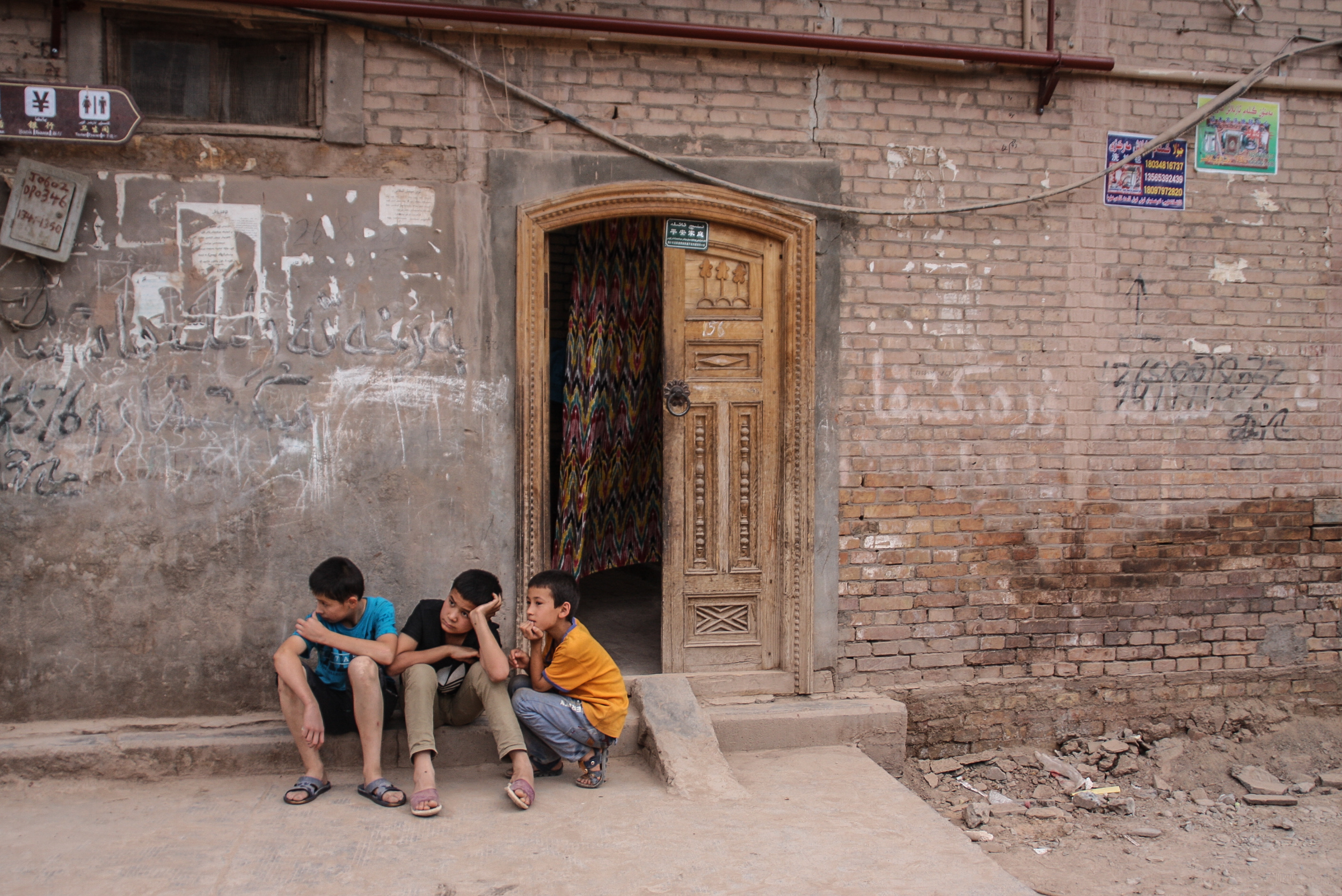


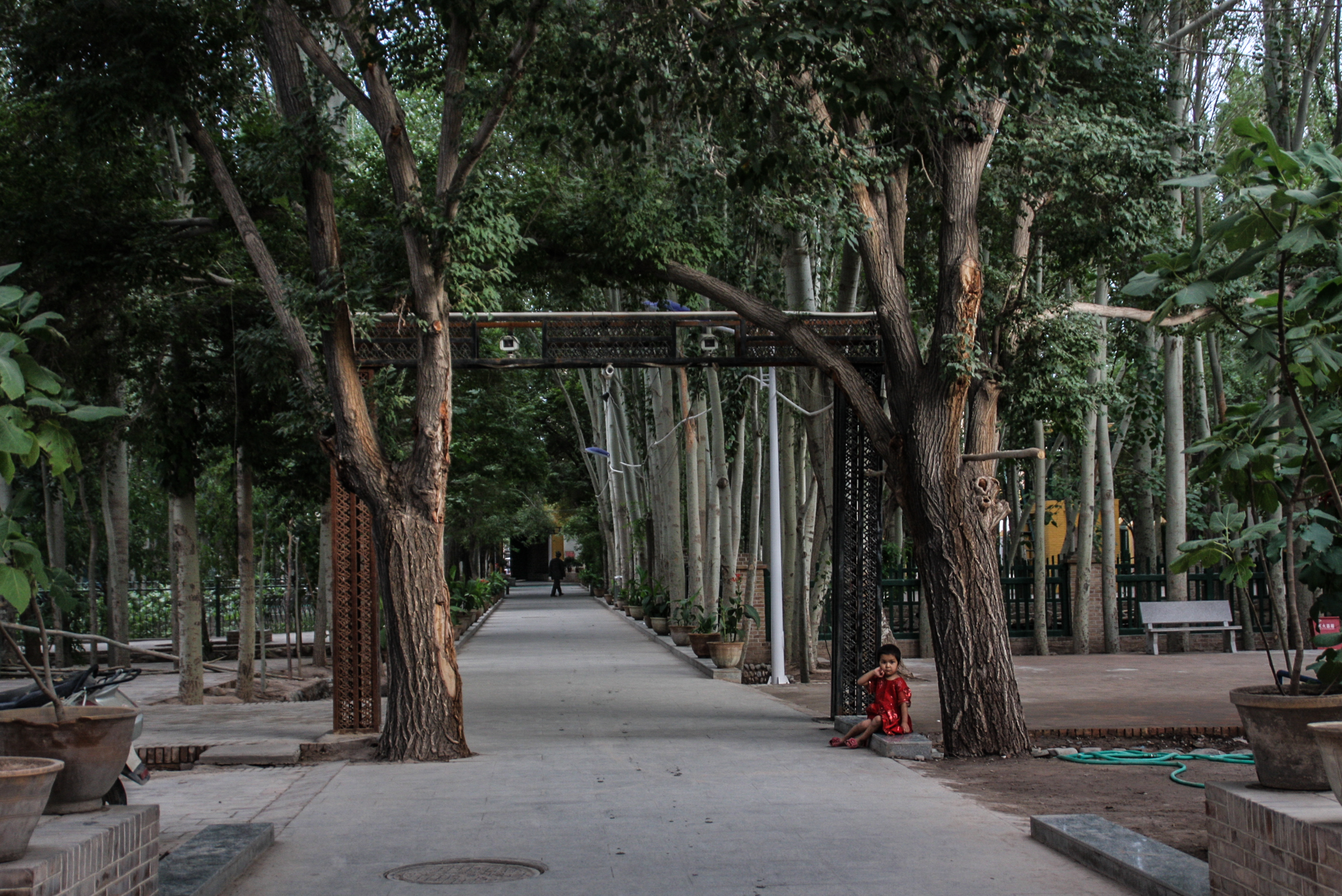
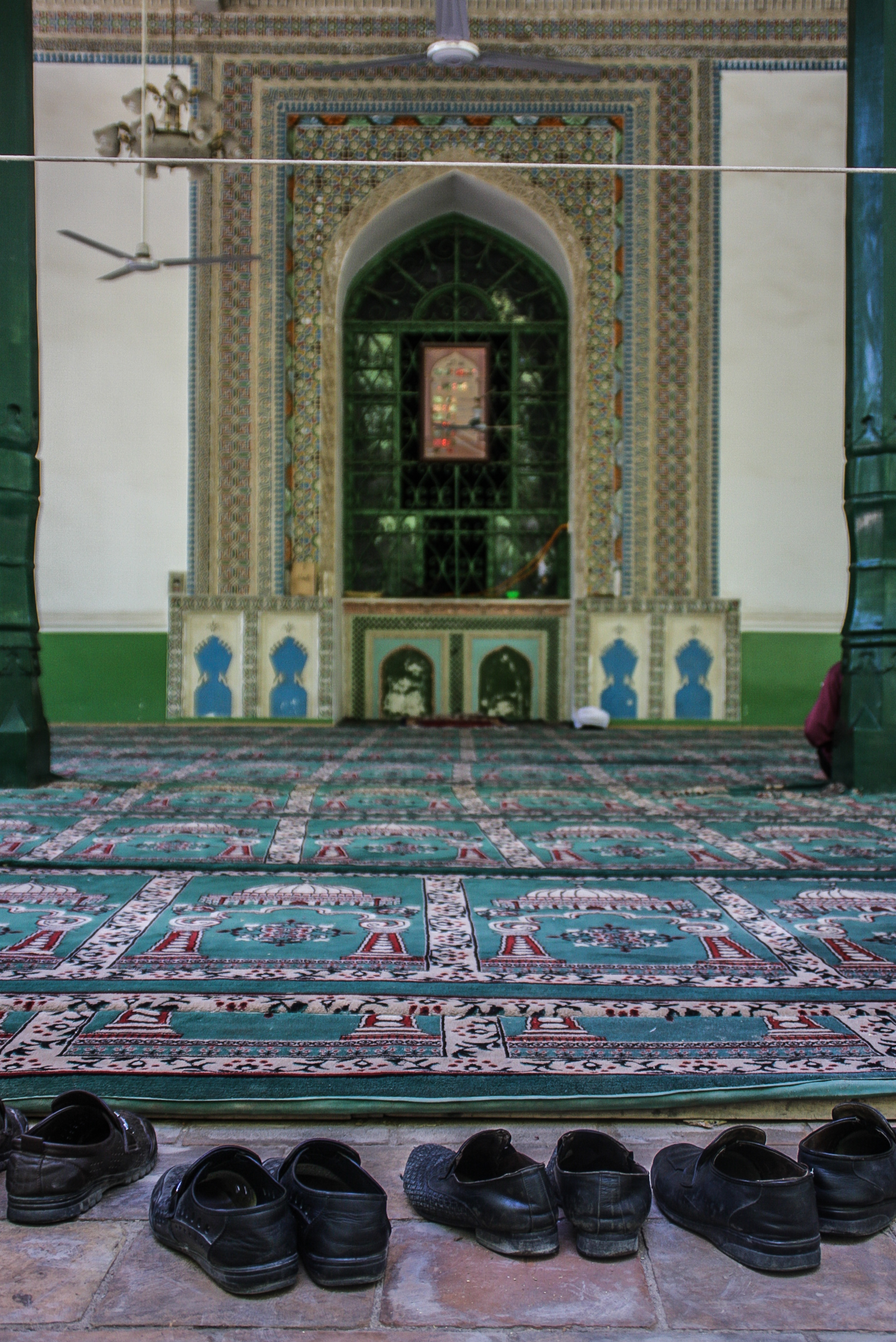
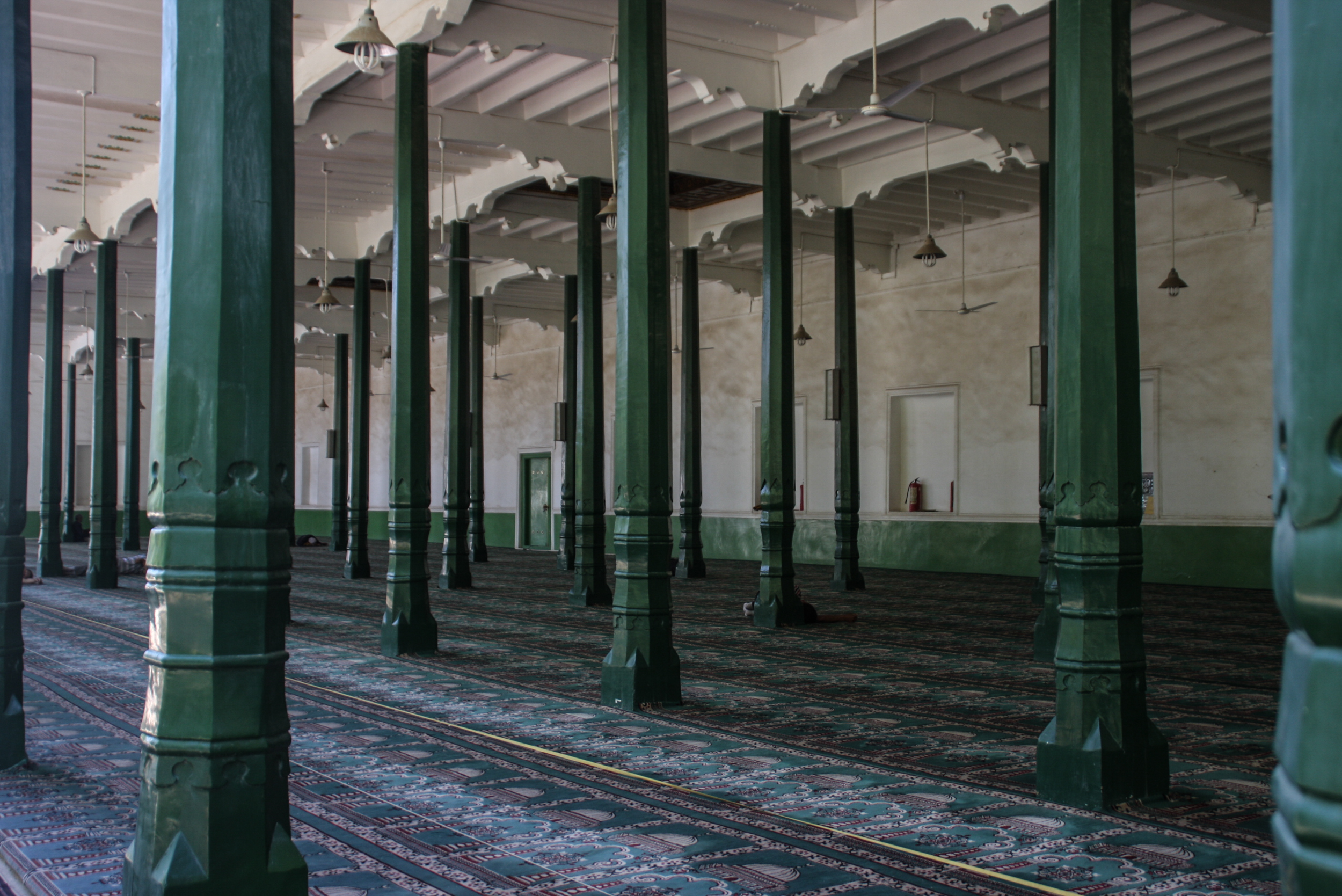
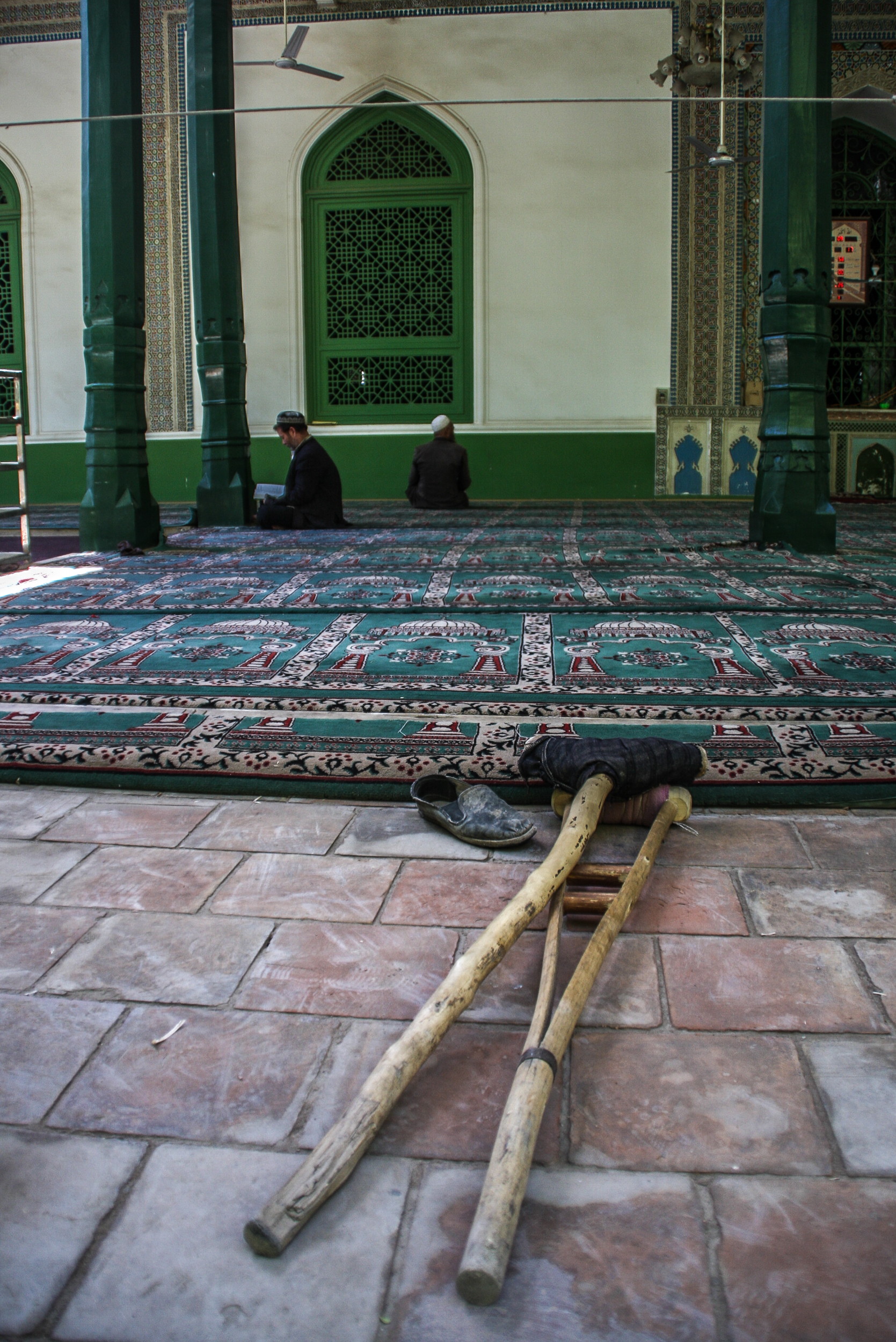
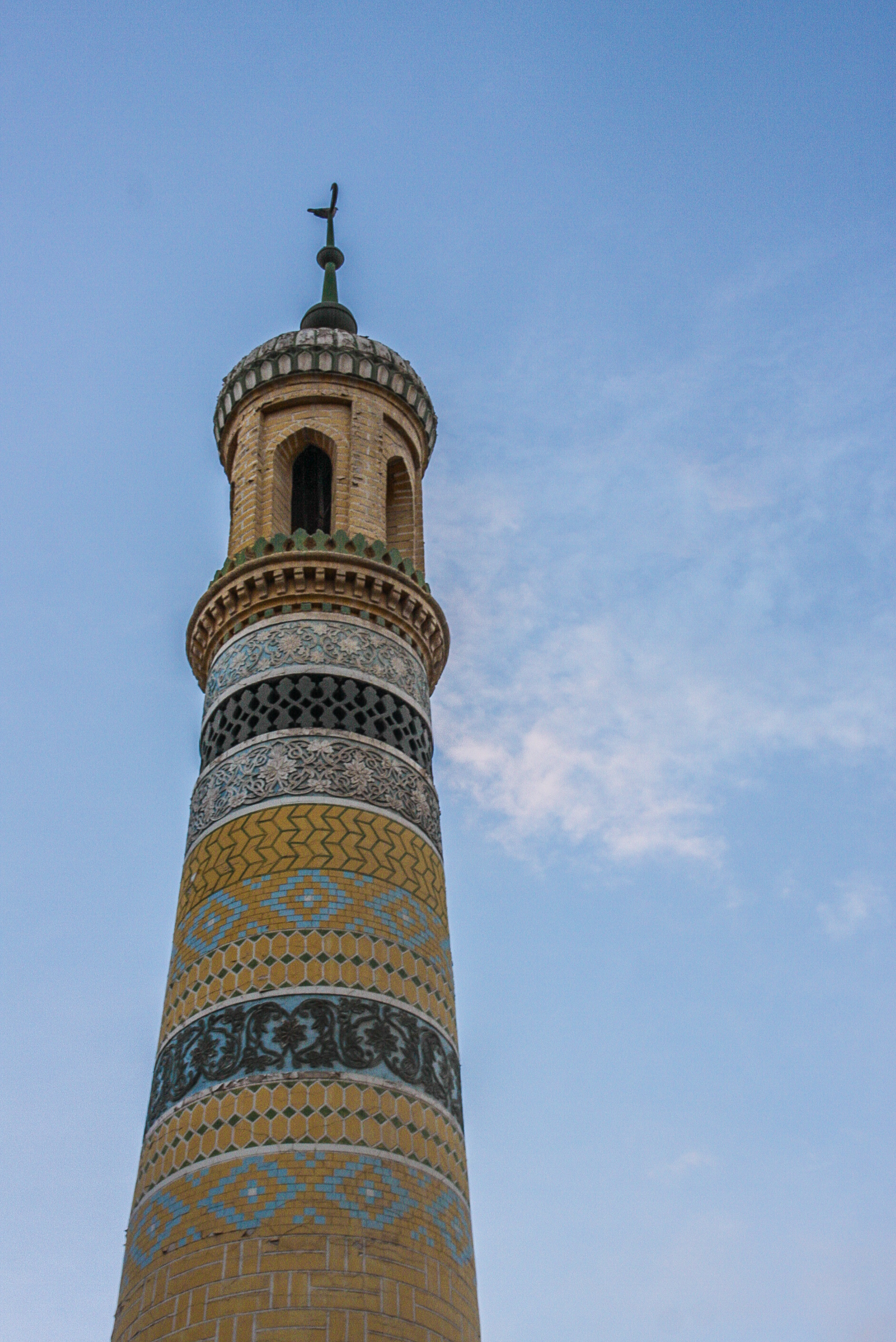
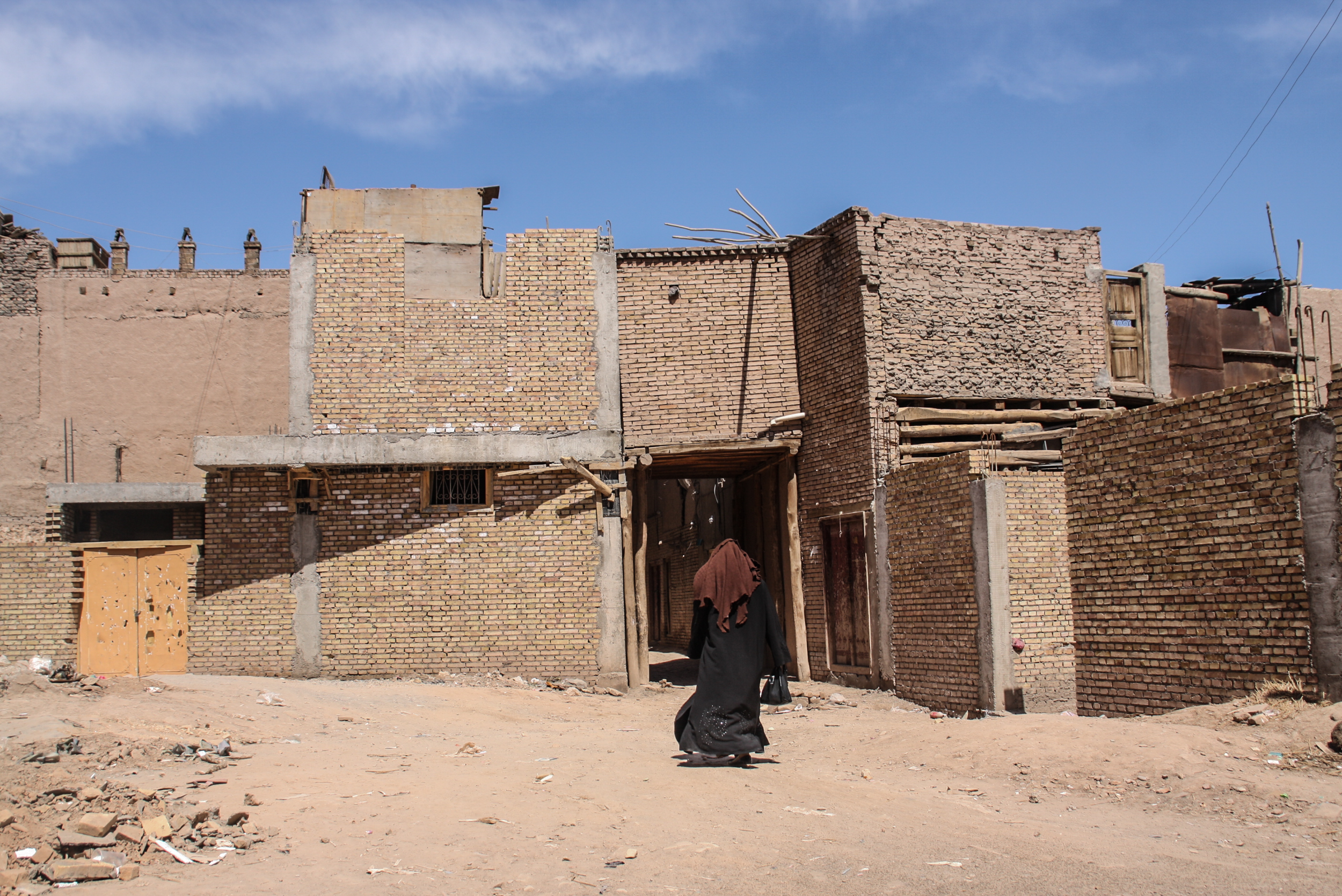

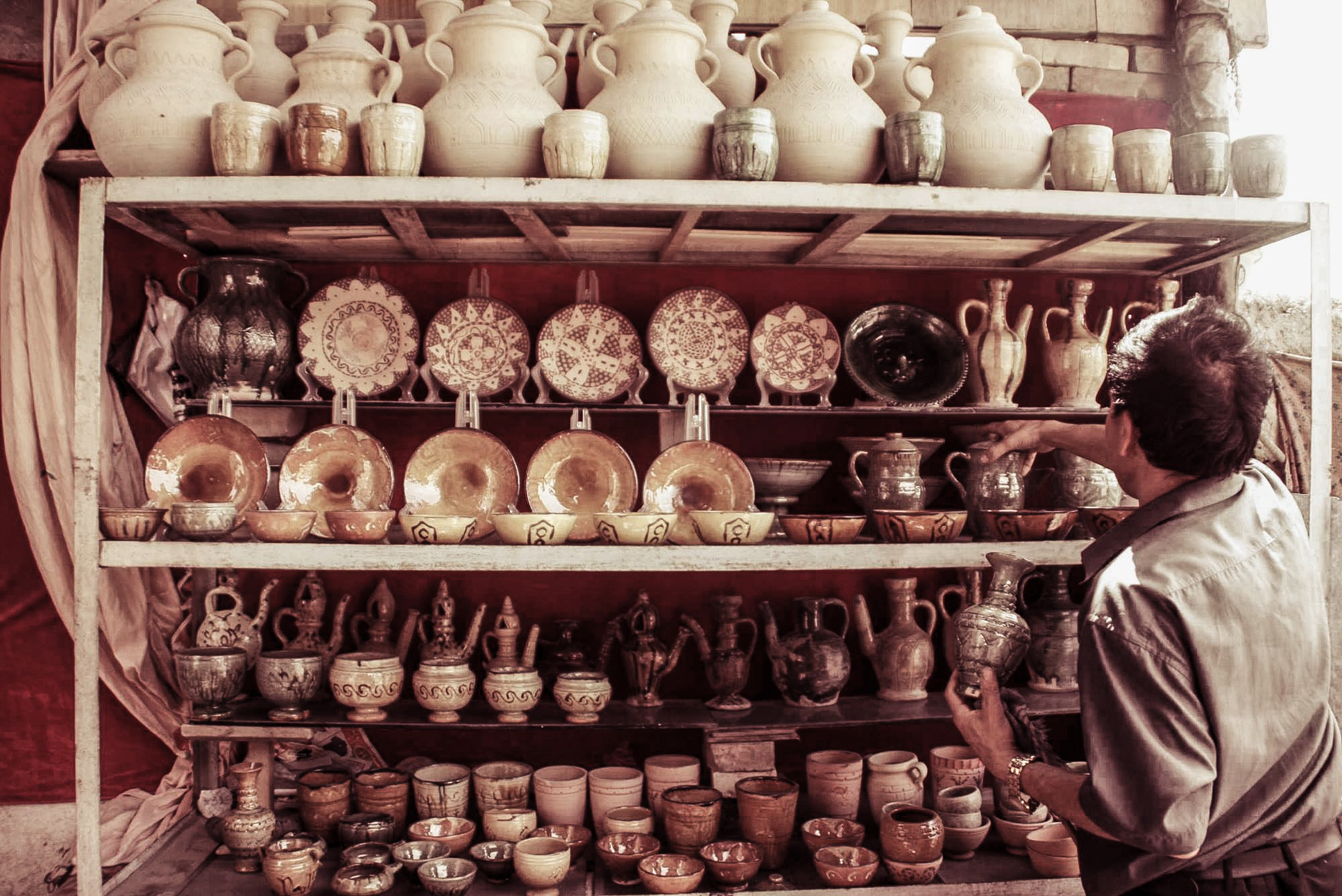
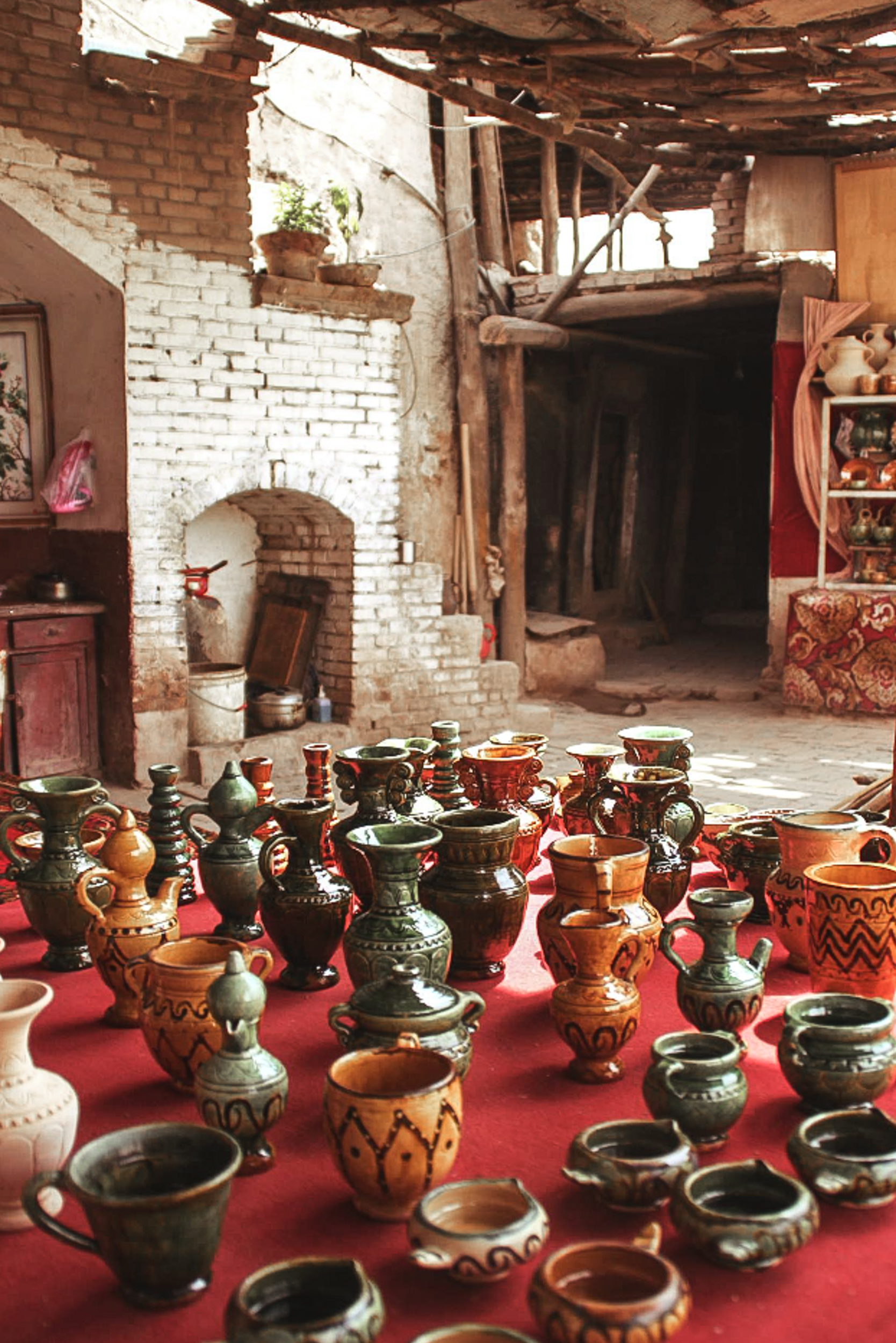
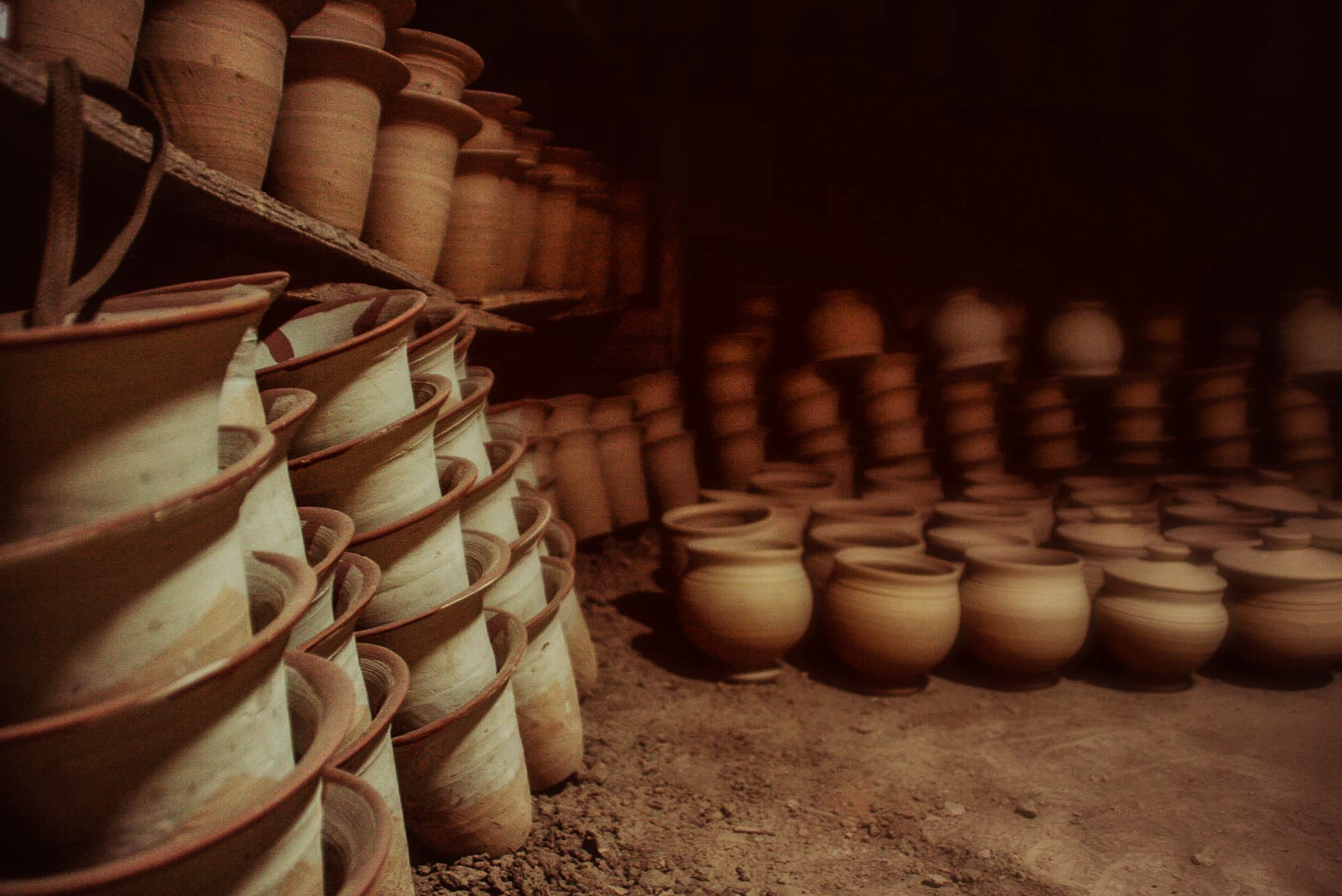
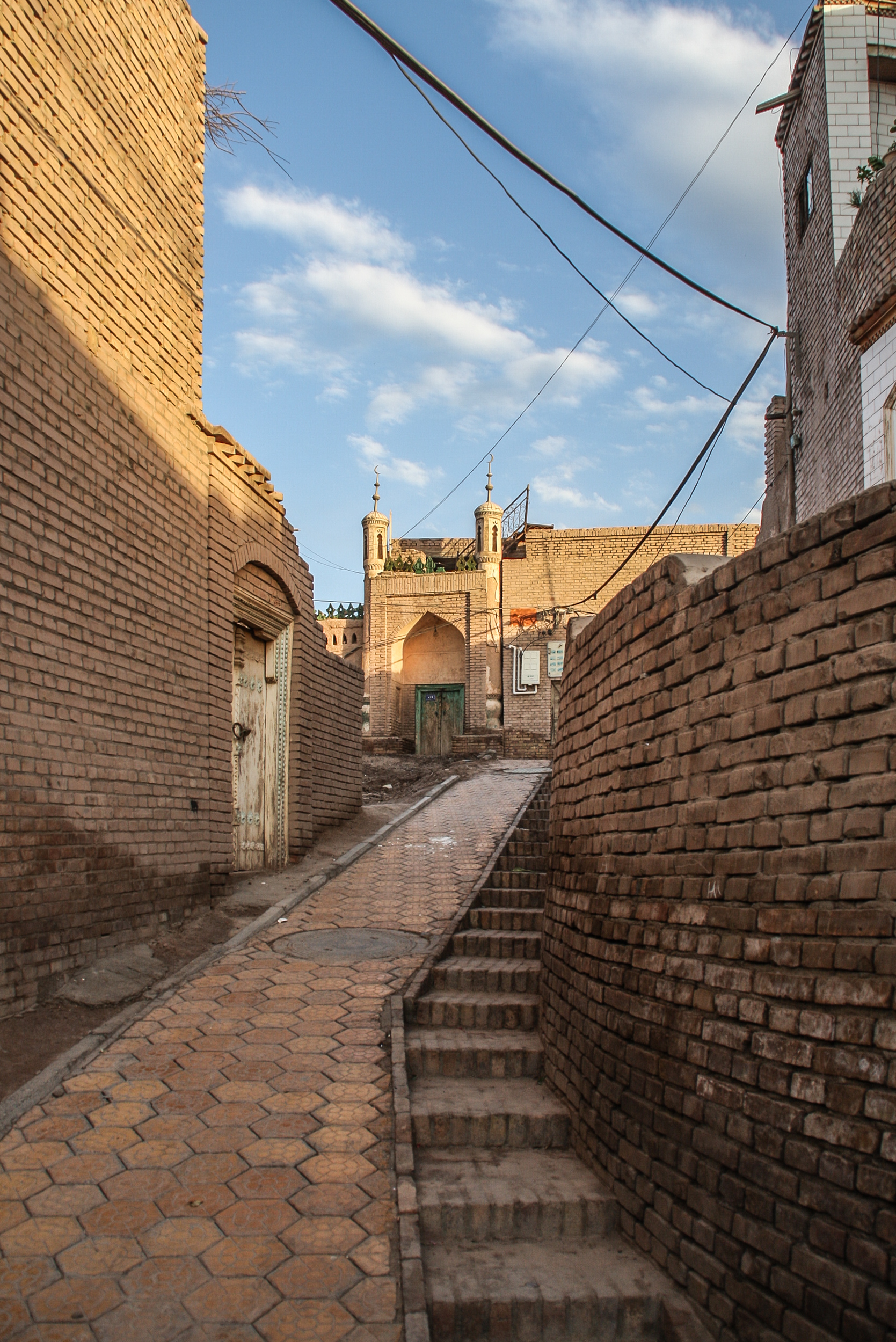
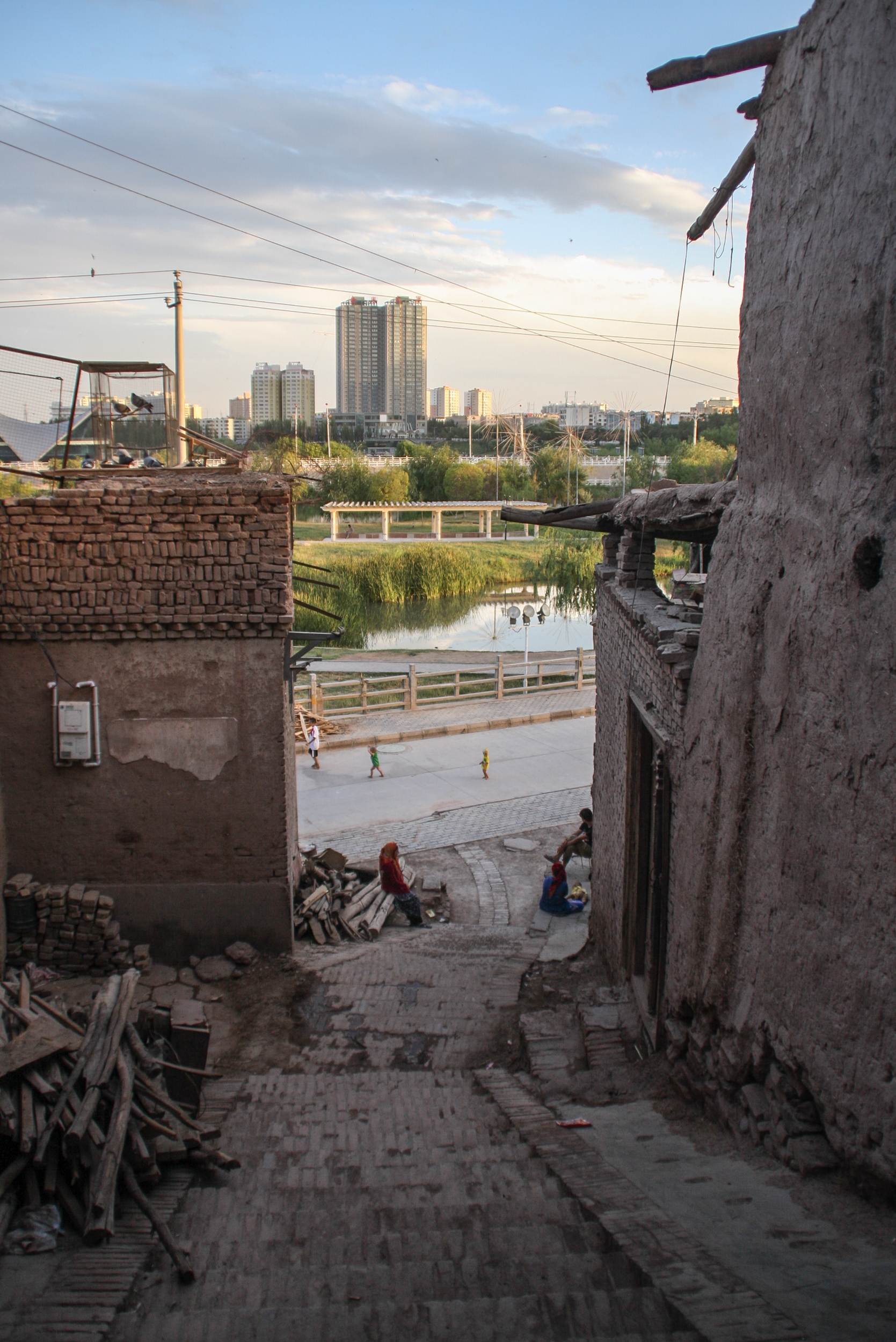

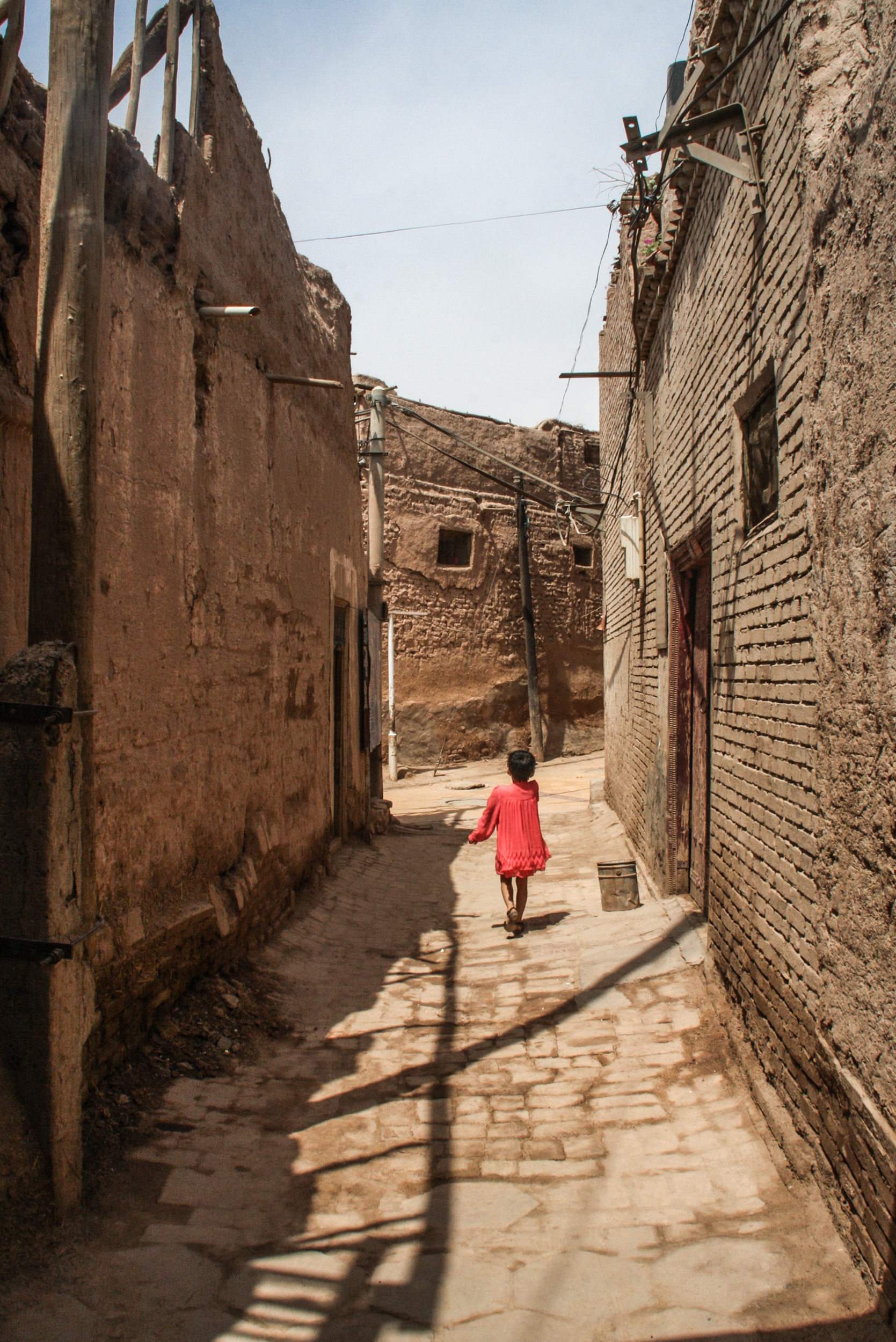


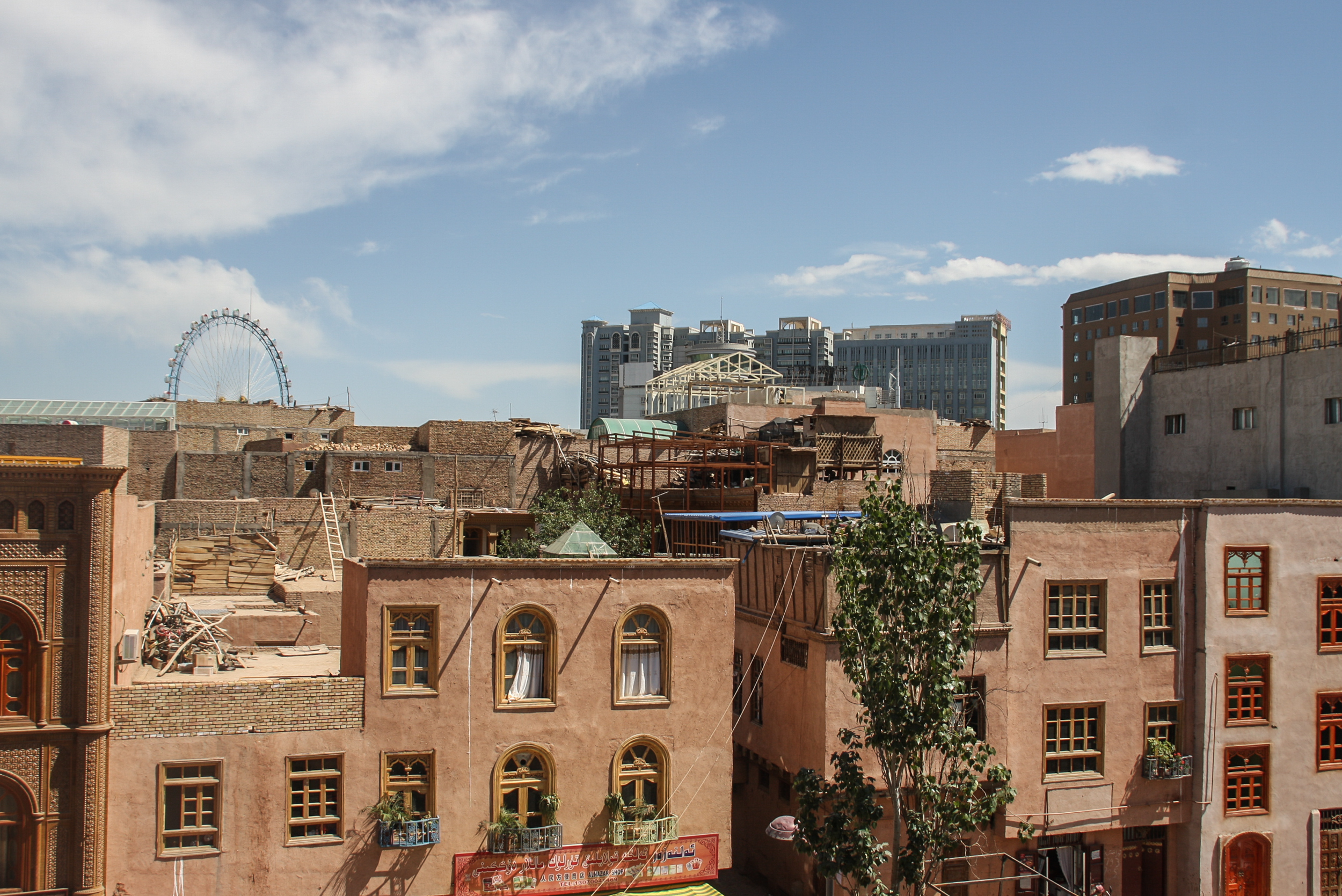
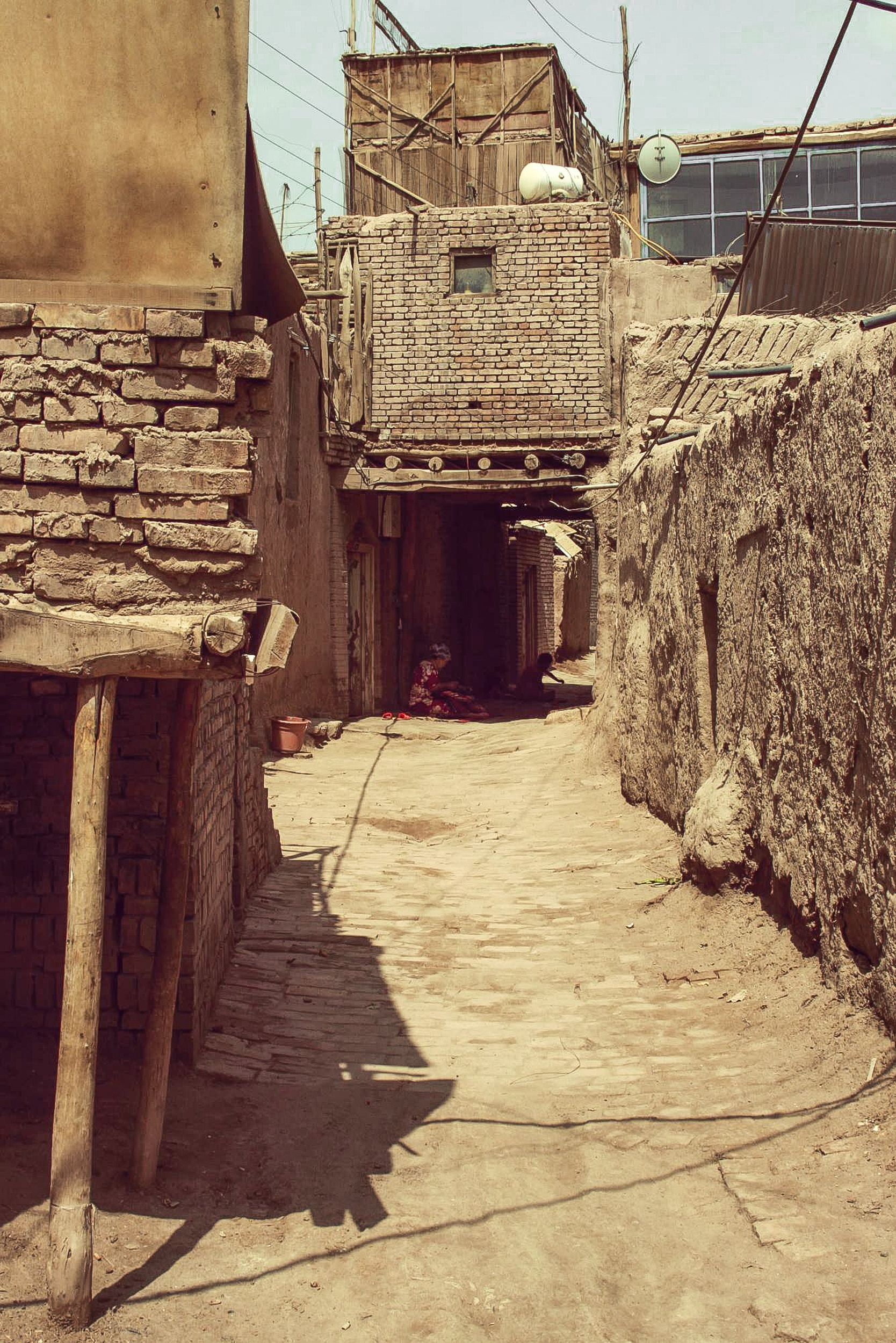
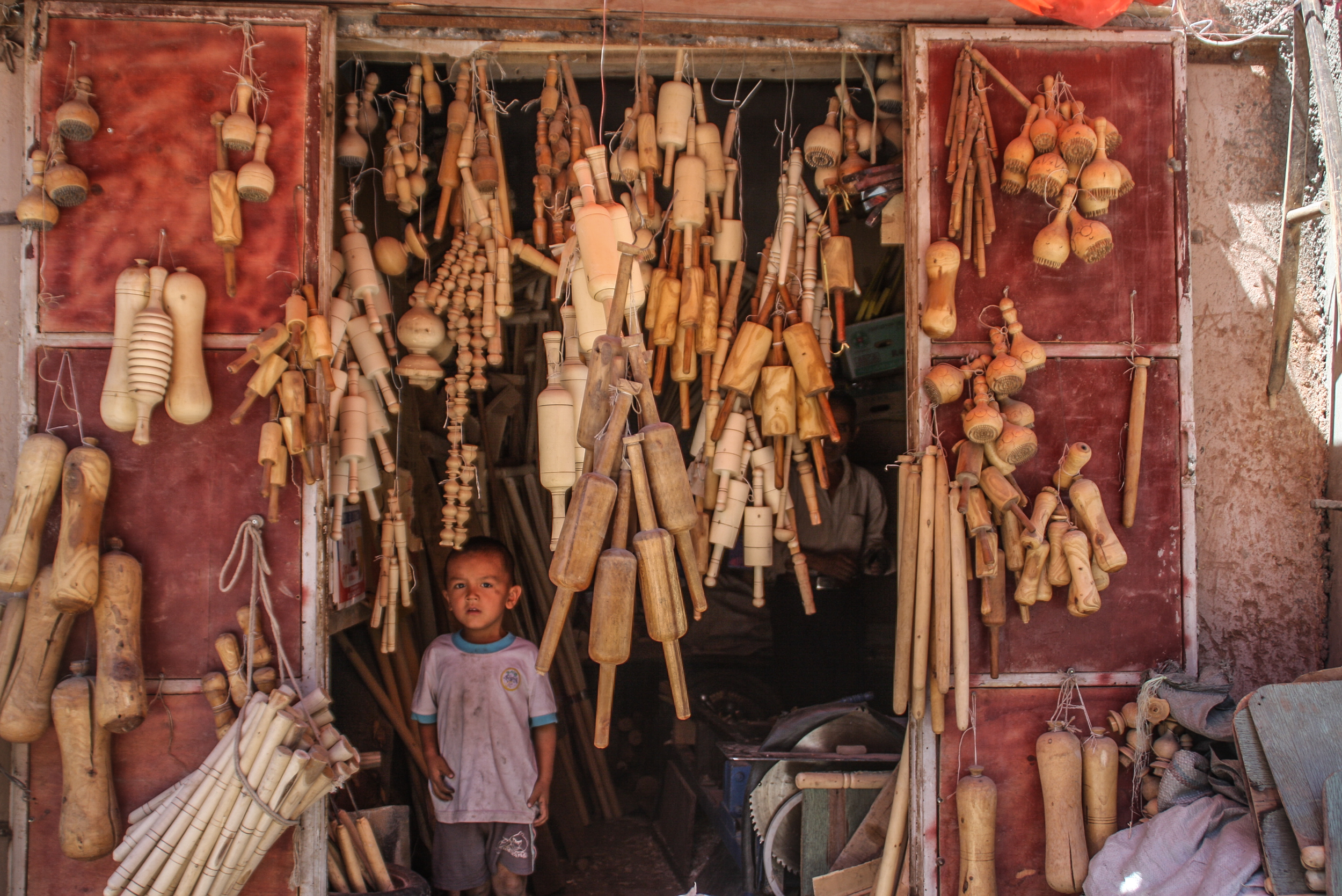
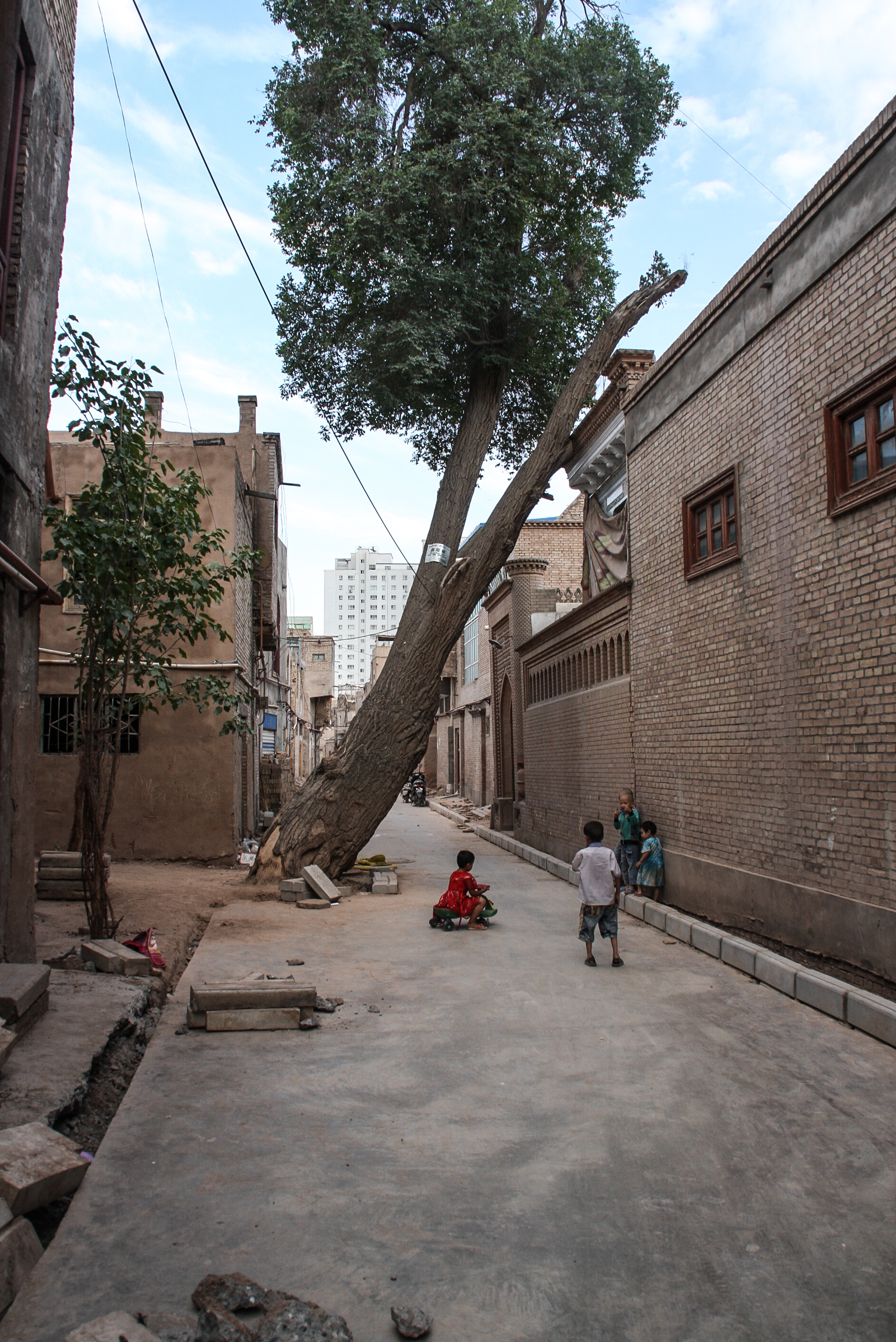
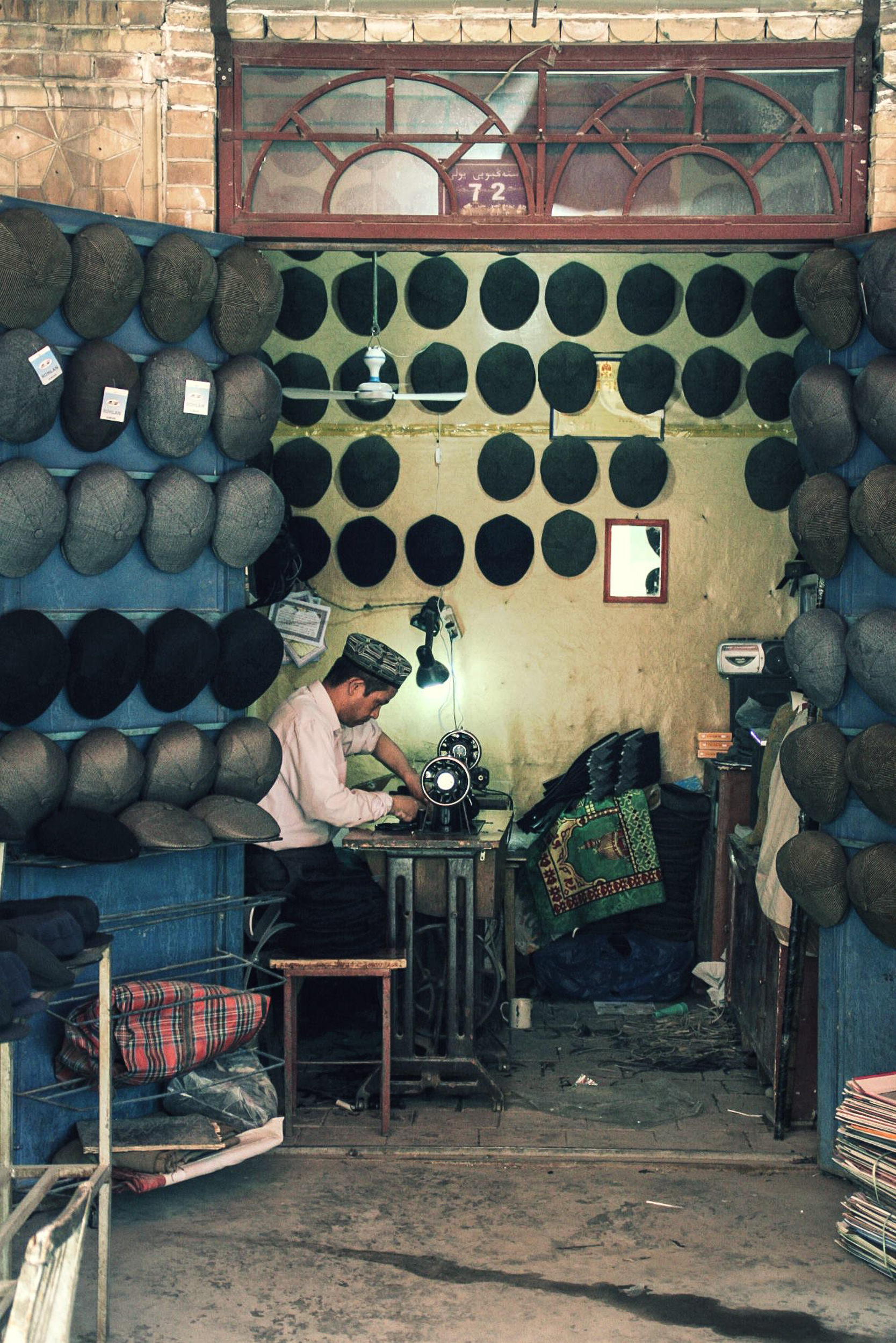
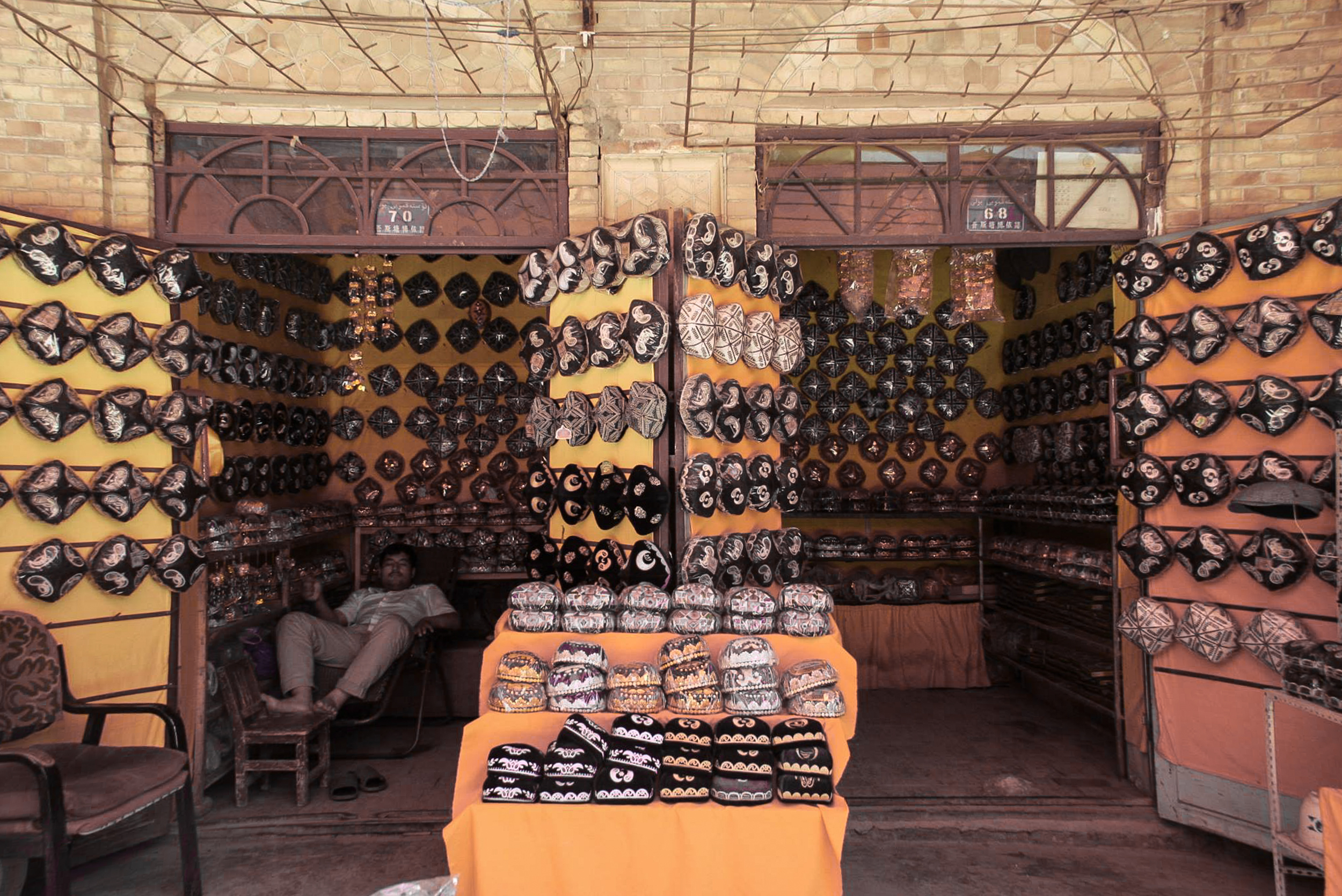
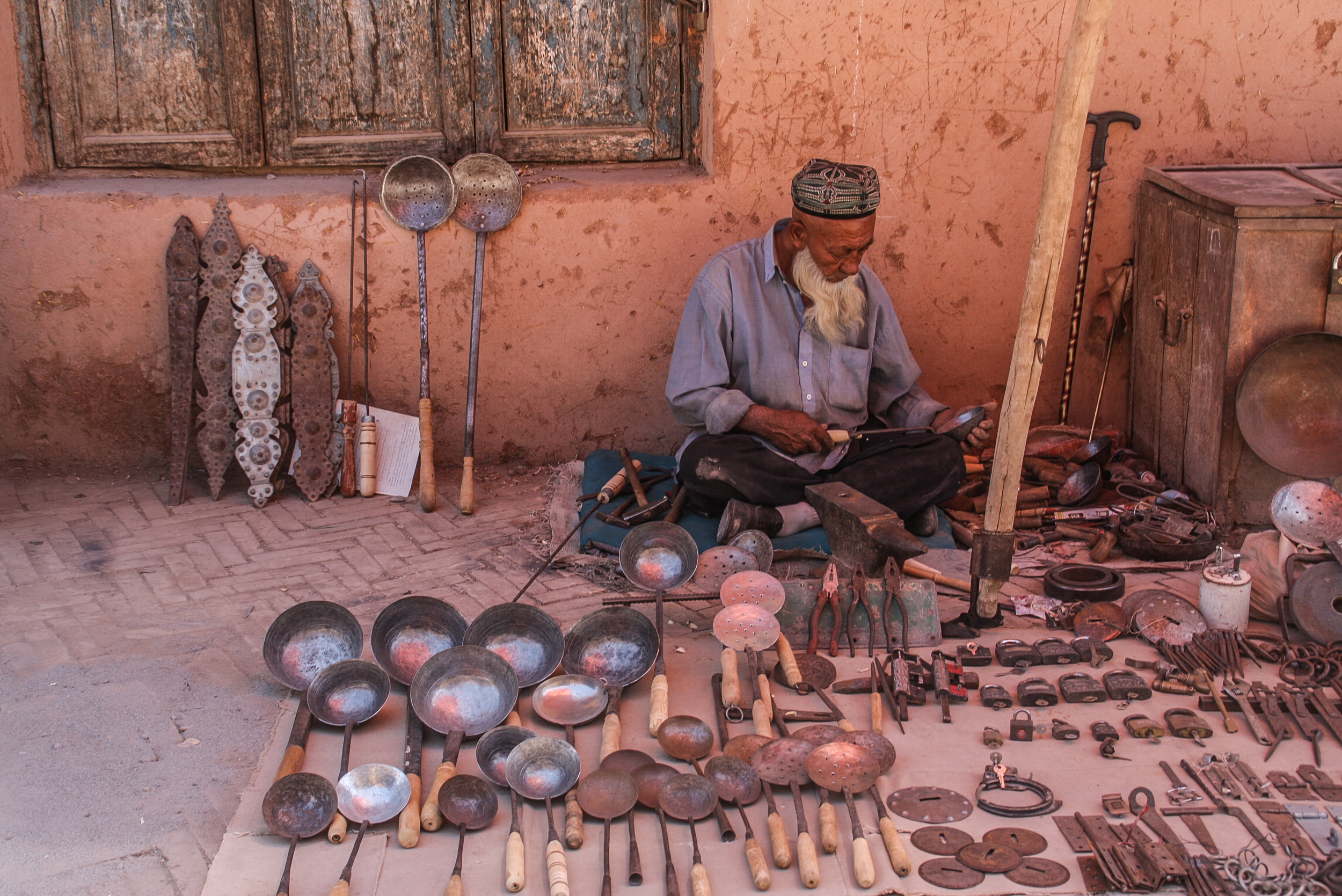

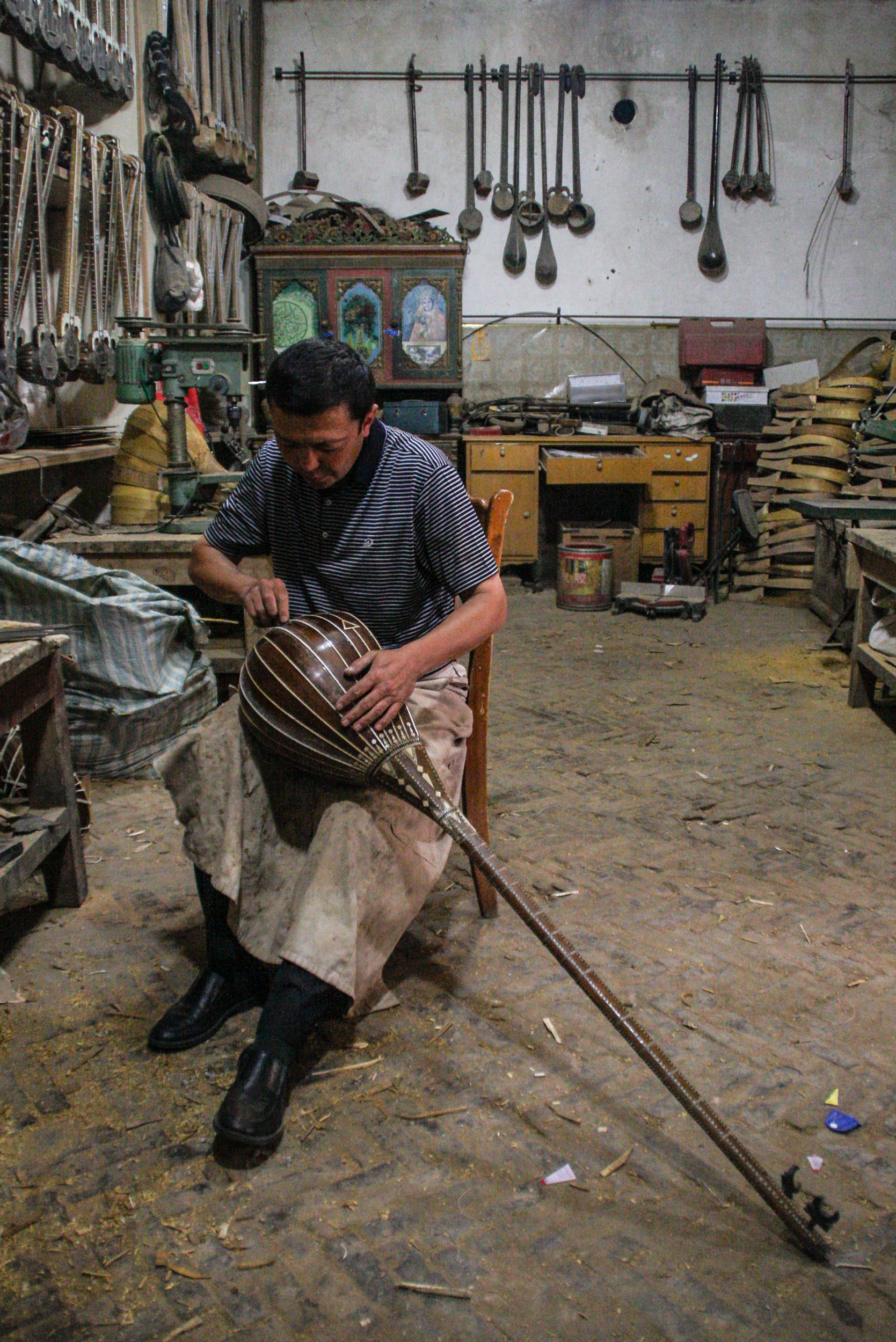
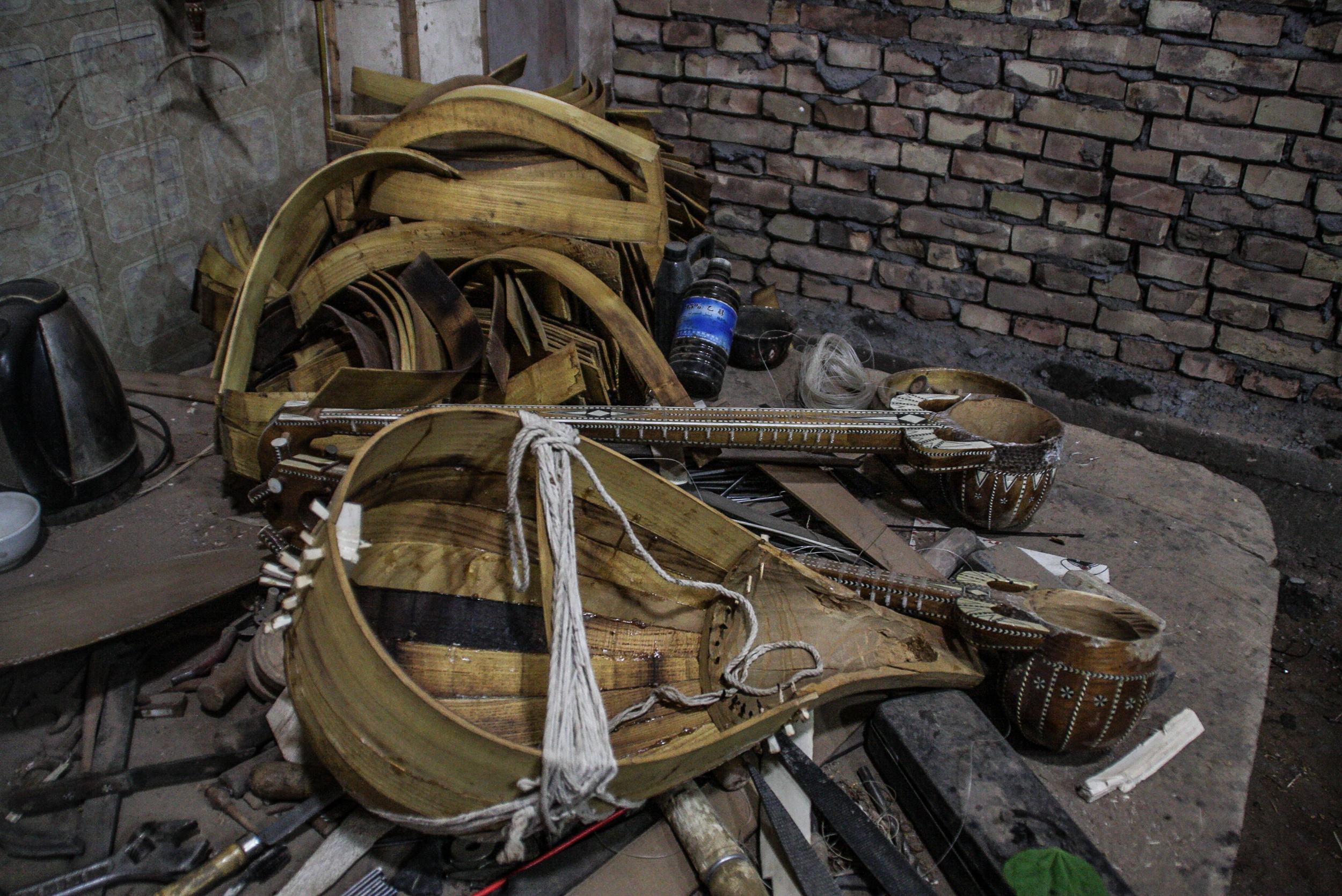
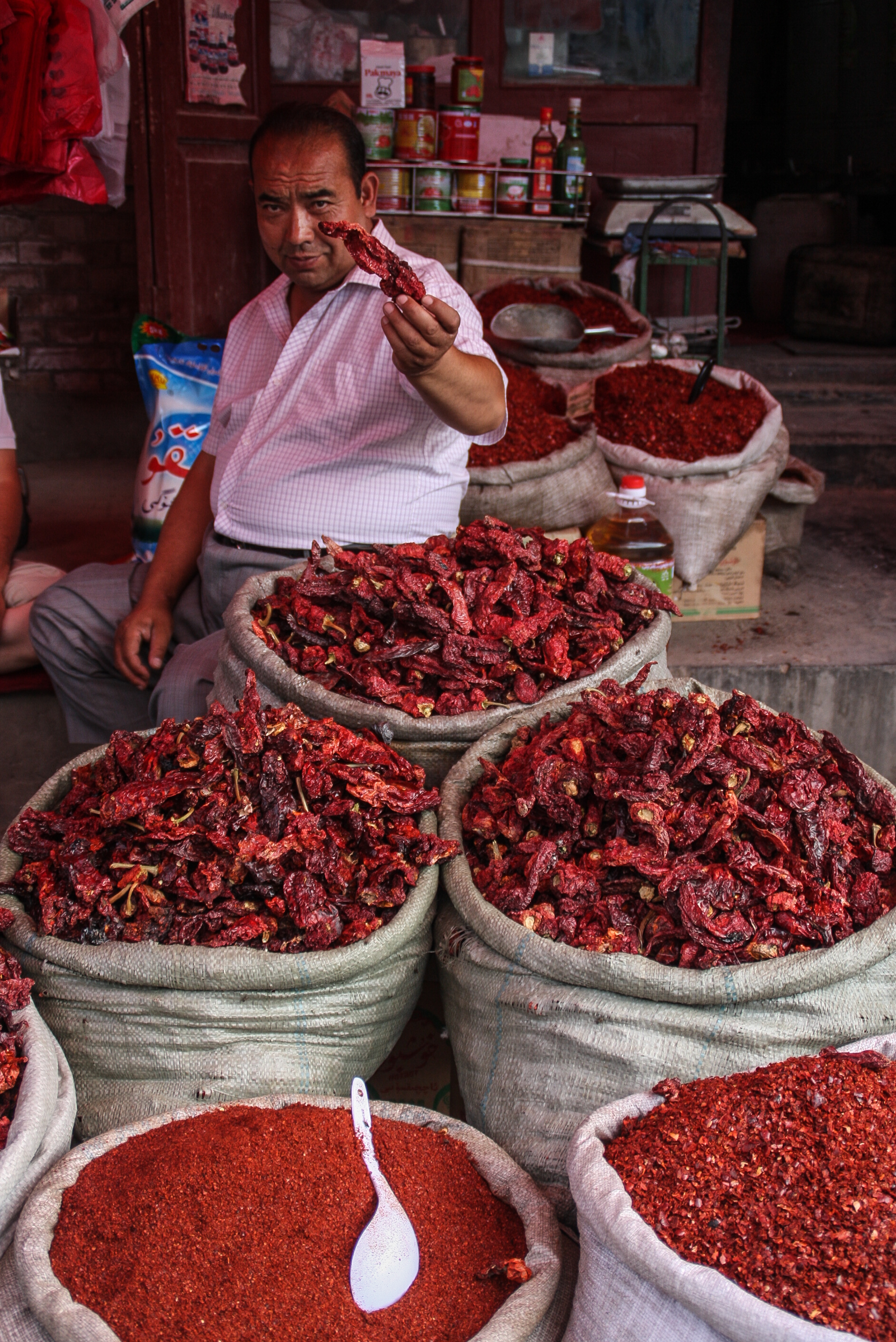

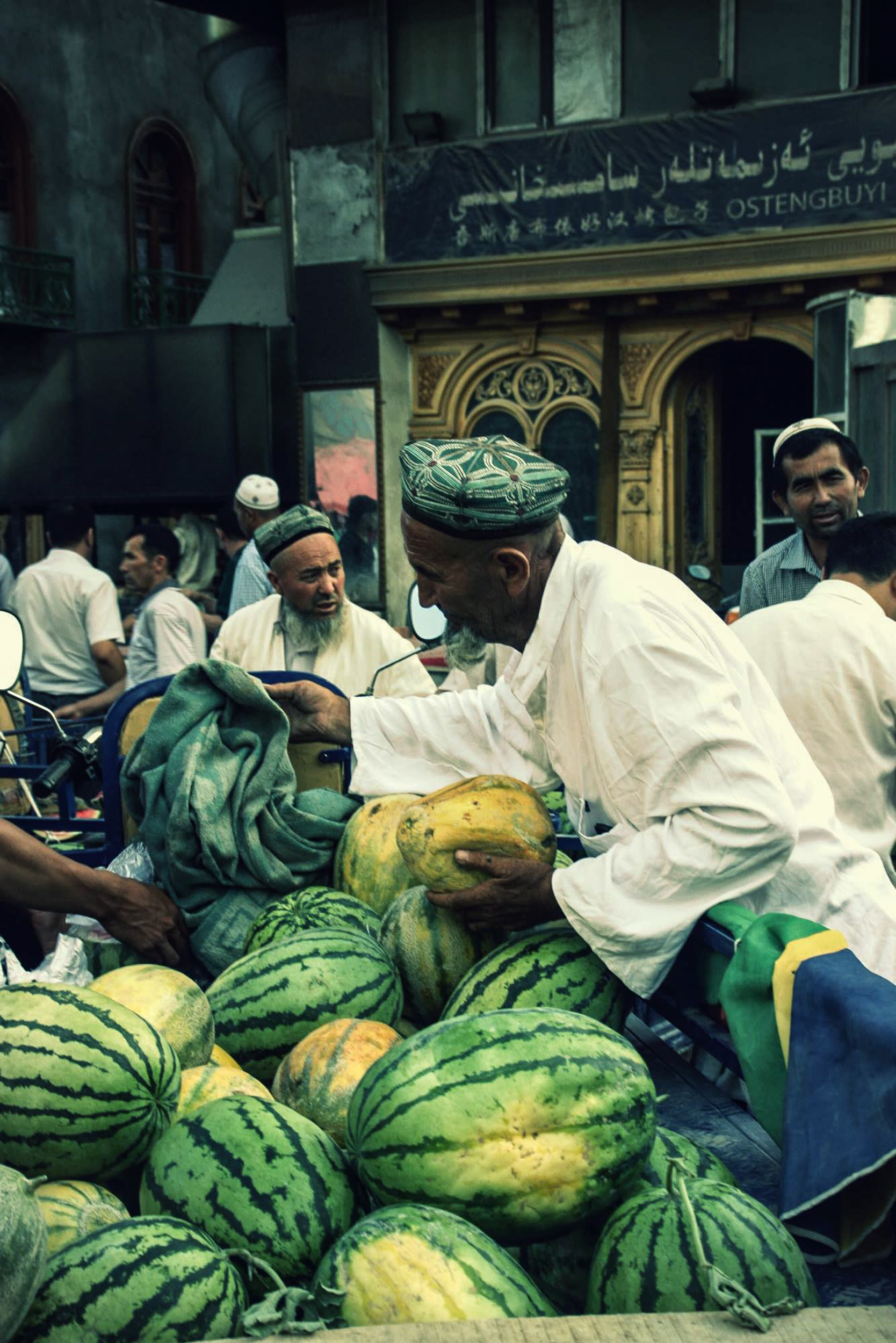

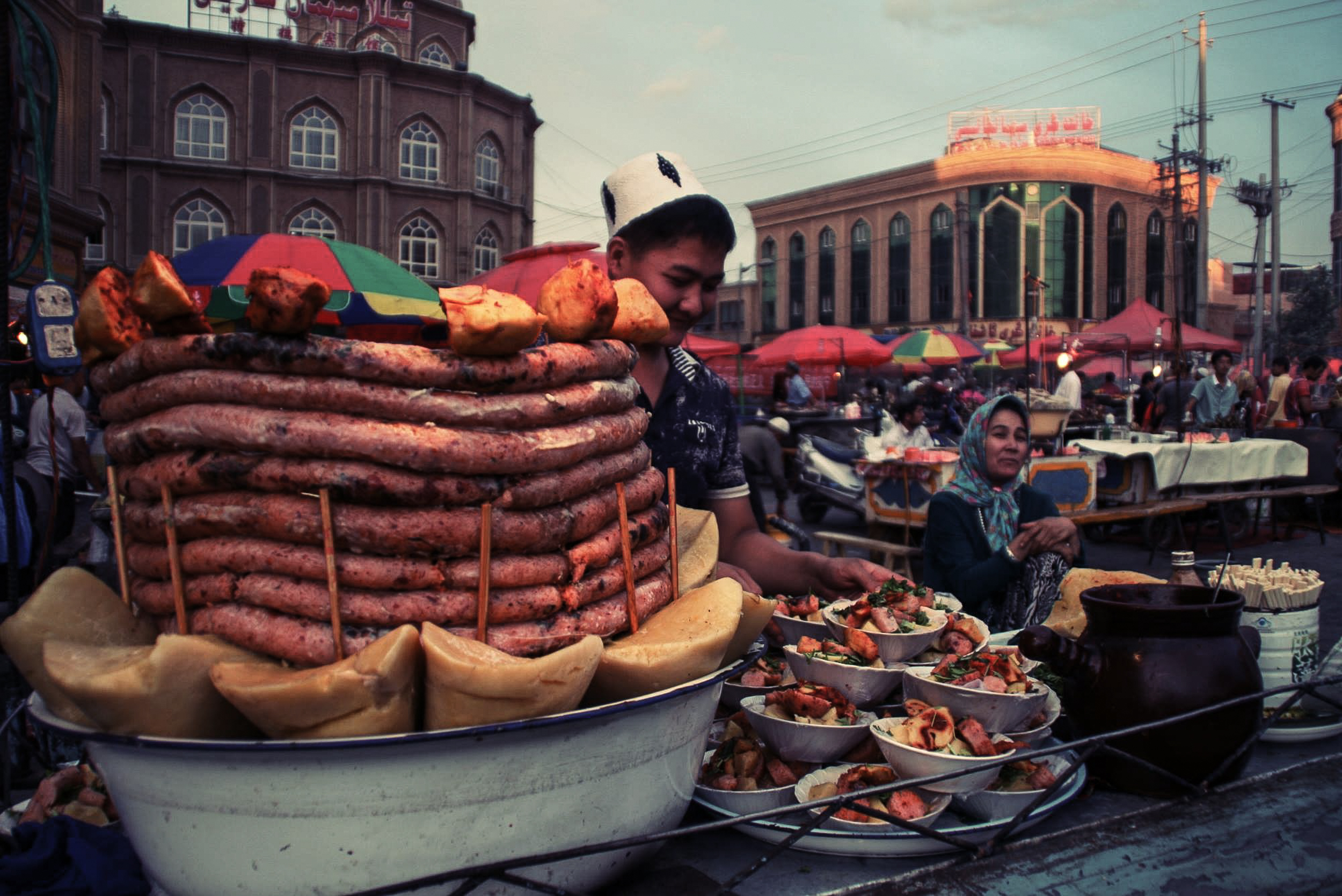
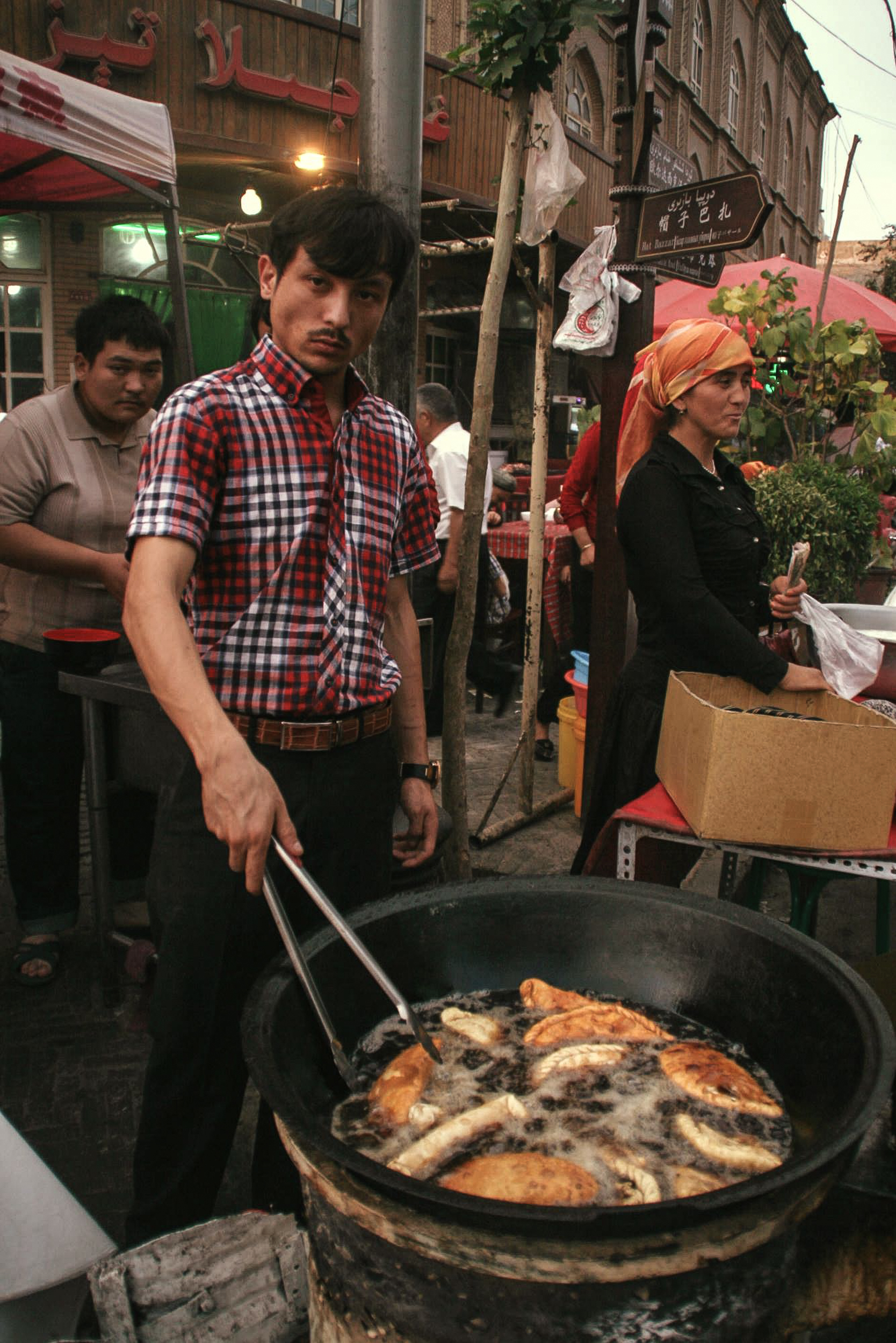
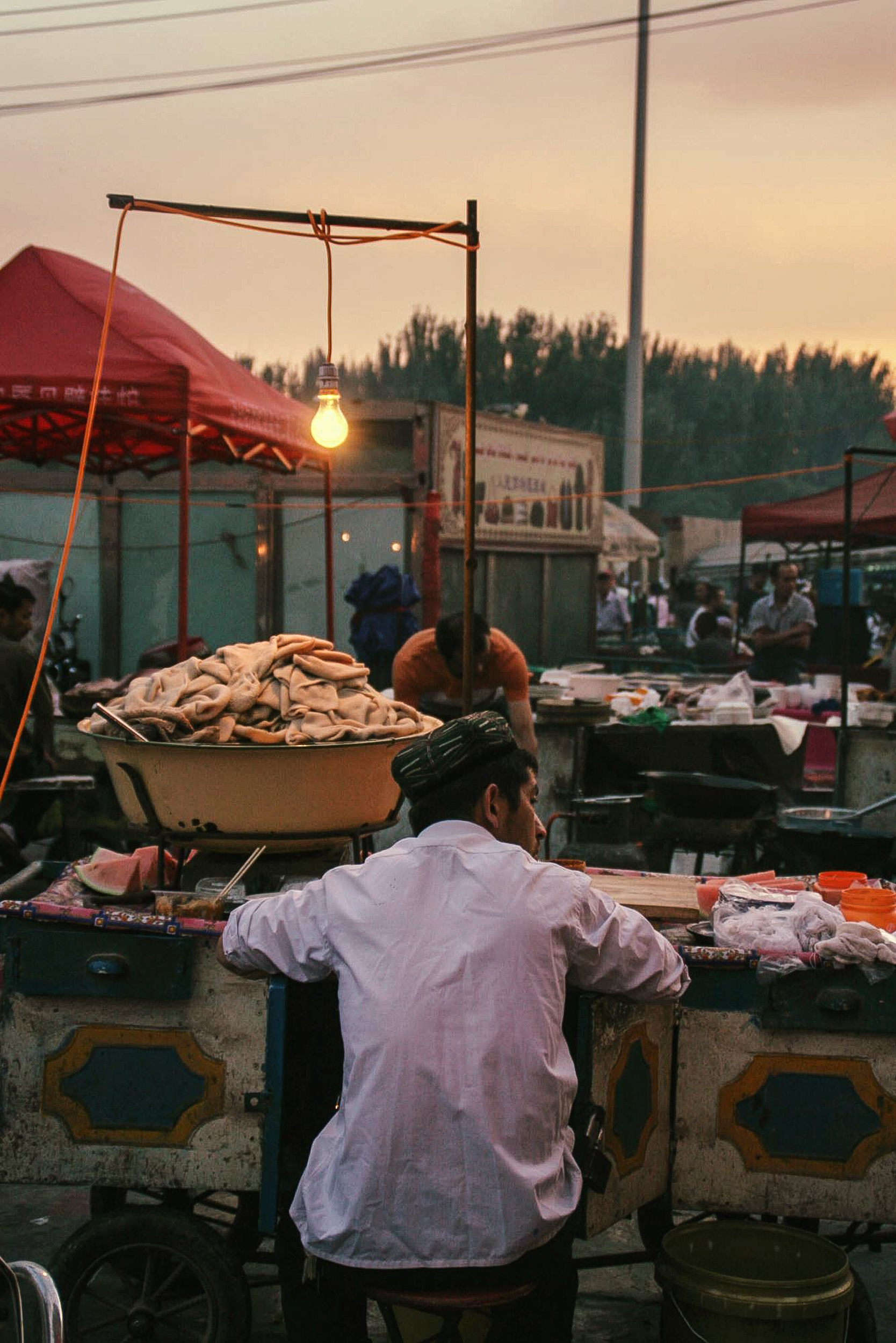


More from the same province
stay tuned !
search for a destination
latest travel itineraries
latest CHINA articles
Text and pictures by Architecture on the Road ©
Architecture on the Road
All rights reserved
All photographs on this site were taken and are owned by me (unless credited otherwise).
If you would like to use some of these photos for editorial or commercial purposes, many of these are available on Shutterstock (click the link below). Otherwise, please contact me on Instagram, Facebook, or by email.
Do not use my pictures without my written consent. Thank you!


Comments
Bellissime foto come sempre ! Inquietanti i grandi palazzi moderni che avanzano verso la città vecchia .. effettivamente non sembra di essere in Cina ! Speriamo che sia riuscita a mantenere la propria identità.
these really are priceless images! what did you think of the food?
Food was absolutely delicious! I remember I particularly enjoyed a very interesting fried rice with lamb, yellow peppers and raisins, some of the best bbq skewers i have ever had, and very tasty fruit!